Buffalo
Transportation Pierce-Arrow Museum - Table of Contents
Pierce Arrow
Co. - Table of Contents
Pierce-Arrow Company
Autos
at the
The Buffalo Transportation Pierce Arrow Museum
263 Michigan Ave. at 201 Seneca St.,
Buffalo, New York
(Museum Official
Home Page)
On this page, below:
George Pierce and George Birge
1918 Pierce-Arrow 7 Passenger Touring
1918 Pierce-Arrow Town Car1931 Pierce-Arrow 7 Passenger Touring
1931 Pierce Arrow Model 43 Roadster
|
1901 Pierce Motorette "The George N.
Pierce Co. of Buffalo, N.Y., was formed in 1872 and
began building automobiles in 1901. (The company
started as the Heintz, Pierce, and Munschauer firms
in the 1860s, making household products, including
birdcages.) Its first cars were called Motorettes.
In September 1901, a Motorette completed the 465-mile New
York to Buffalo endurance run with an actual running time
that averaged a little over 12 miles an hour. Pierce
continued to make a modified version of the Motorette until
1906." - National
Museum of American History (online October 2017)
"By the turn of the century, the Pierce company began experimenting with automobiles. While early efforts involved a steam-powered unit, the first production Pierce automobile of 1901 used a single cylinder, 2 3/4 hp deDion engine. In 1903, Pierce replaced the deDion engine in the Motorette with one of their own manufacture. About 170 Pierce Motorettes were made between 1901 and 1903. - The Pierce-Arrow Society (online October 2017) 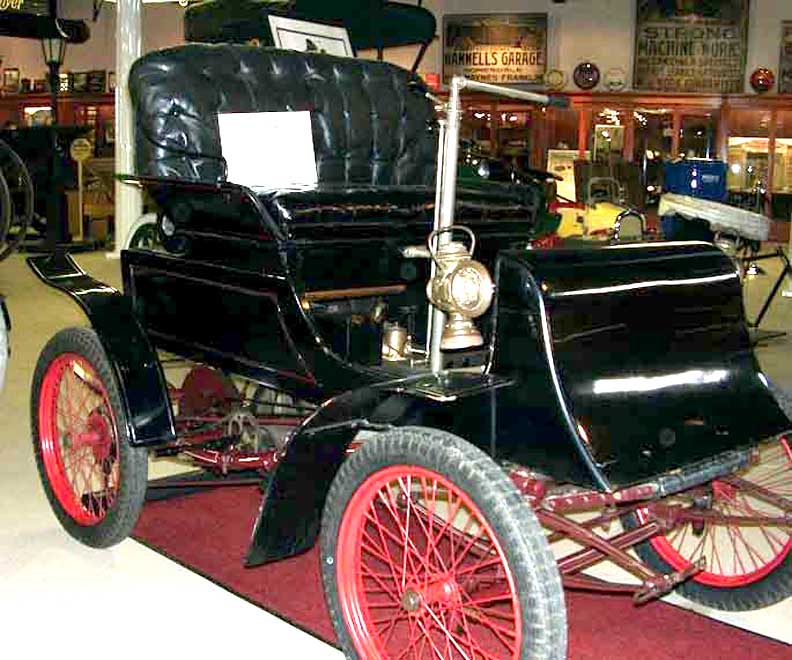 1901 Pierce Motorette. "This automobile has a 3Ĺ-horsepower De Dion
Bouton single-cylinder, water-cooled engine bearing the number
3008. The engine lies just forward of the rear axle. A
horizontal, finned-tube radiator is located under the front part
of the body. In operation, the water circulated from the radiator
to the engine, then to a tank on the body above the engine, then
back to the radiator. A float-equipped carburetor received
gasoline from a tank under the seat and arm air from a duct
running through the center of the water tank. Also under the seat
is a small oil tank equipped with a hand pump which forced oil to
the engine. A chain connects the engine to a starting
crank in front of the right wheel.
"Controls consist of four small levers, located on the steering column, and two pedals. The largest of the levers places the transmission in high hear when it is put to the left and in low gear when it is moved to the right. The small lever to the left is the spark control and the other two levers are carburetor controls. The right pedal operates the external contracting brakes on the small rear-wheel drums, the other pedal operates the reversing mechanism. The ignition switch is on the front of the seat framing. The body rests on four elliptic springs. The frame is tubular. Behind the dash is a package or tool compartment. These automobiles only had two speeds as standard equipment." - National Museum of American History (online October 2017)  1901 Pierce Motorette ... A chain connects the engine to a starting crank in front of the right wheel. ... Note similarity to bicycle chain: the main reason a number of the early auto manufactures were bicycle companies  See also: Buffalo History Museum, 1901 Pierce Motorette |
|
The
Stanhope
Electronic
Automobilers - 1905
WNY Heritage Magazine (online October 2017)
...
the "stanhope" ... featured a single bench seat,
folding cloth top, front buckboard, and tiller steering.
A typical wealthy Buffalo couple might have two automobiles: an electric for the women in the family and a gasoline auto for the men in the family. The electric automobile was quiet, easy to operate, and emission-free; it was also heavy, slow, unable to climb hills, and in need of recharging after 20-50 miles. Such a vehicle was quickly marketed to women, doctors, delivery businesses and others residing in an urban environment where electricity for recharging was available. The gasoline automobile had already been adopted by men for its speed and "portability," i.e. it could "tour" in rural areas and be re-fueled at gasoline stations that quickly sprang up around Western New York. The Buffalo Automobile Club was a touring club for gasoline vehicles; its membership was male. Although in 1900, equal numbers of electric-, gasoline- and steam-powered automobiles were produced in the U.S., it quickly became apparent that electrics would not succeed in competition with gasoline models (becoming more reliable each year) unless a revolution in the electric battery came about that would result in a lighter battery that would produce more power for a longer run per charge. Thomas Edison took on this challenge (see his optimism here) and did produce an early alkaline battery, but it was not powerful enough to replace the lead-acid battery then used in electrics. |
|
"In mid 1903, the Pierce Stanhope was introduced. Similar the the Motorette, the Stanhope used a Pierce made engine mounted beneath the driver's seat. The Stanhope had two forward speeds, plus reverse." - The Pierce-Arrow Society (online October 2017) "Stanhope is an archaic car body style characterized by its single bench seat mounted at the center, folding cloth top, and a dashboard at the front. All Stanhopes featured tiller steering, either in the center or at the side. Features of the car included a foot button to signal a bell (early version of a horn), hard rubber tires, wood trim, and eight forward speeds, three backs and a top speed of about 50 miles. The body style disappeared by the vintage vehicle era. It could be considered a specific type of runabout." - Wikipedia (online October 2017) Cf, The Buffalo Electric 1902 Stanhope   1903 Pierce Stanhope Motorette model - with folding cloth up  1903 Pierce Stanhope Motorette  1903 Pierce Stanhope Motorette model  1903 Pierce Stanhope Motorette model  1903 Pierce Stanhope Motorette model. All Stanhopes featured tiller steering, either in the center or at the side. Features of the car included a foot button to signal a bell (early version of a horn), hard rubber tires, wood trim, and eight forward speeds, three backs and a top speed of about 50 miles.  1903 Pierce Stanhope Motorette model  1903 Pierce Stanhope Motorette model A chain connects the engine to a starting crank in front of the right wheel.  1903 Pierce Stanhope Motorette model Hard rubber tires  1903 Pierce Stanhope Motorette model  Detailed below:   |
|
1904
Arrow Rear Entry Tonneau 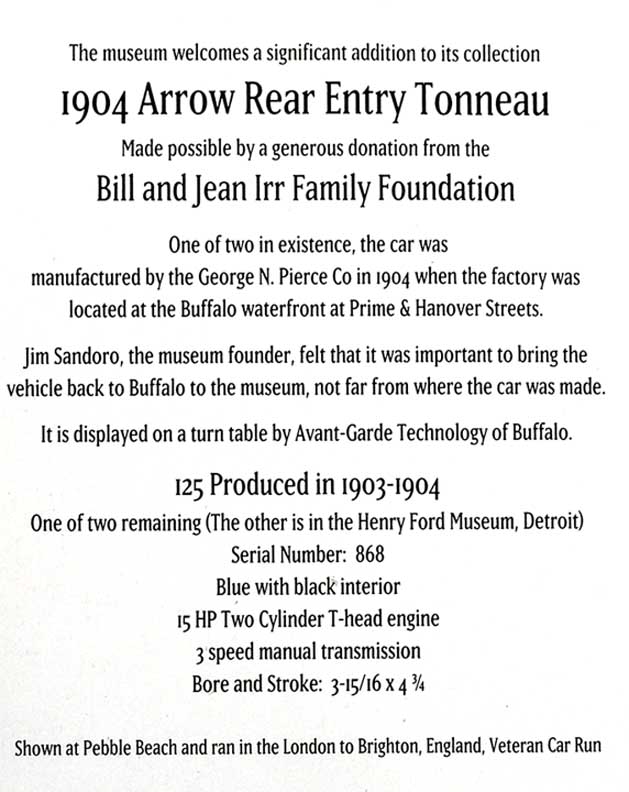 1904 Arrow Rear Entry Tonneau 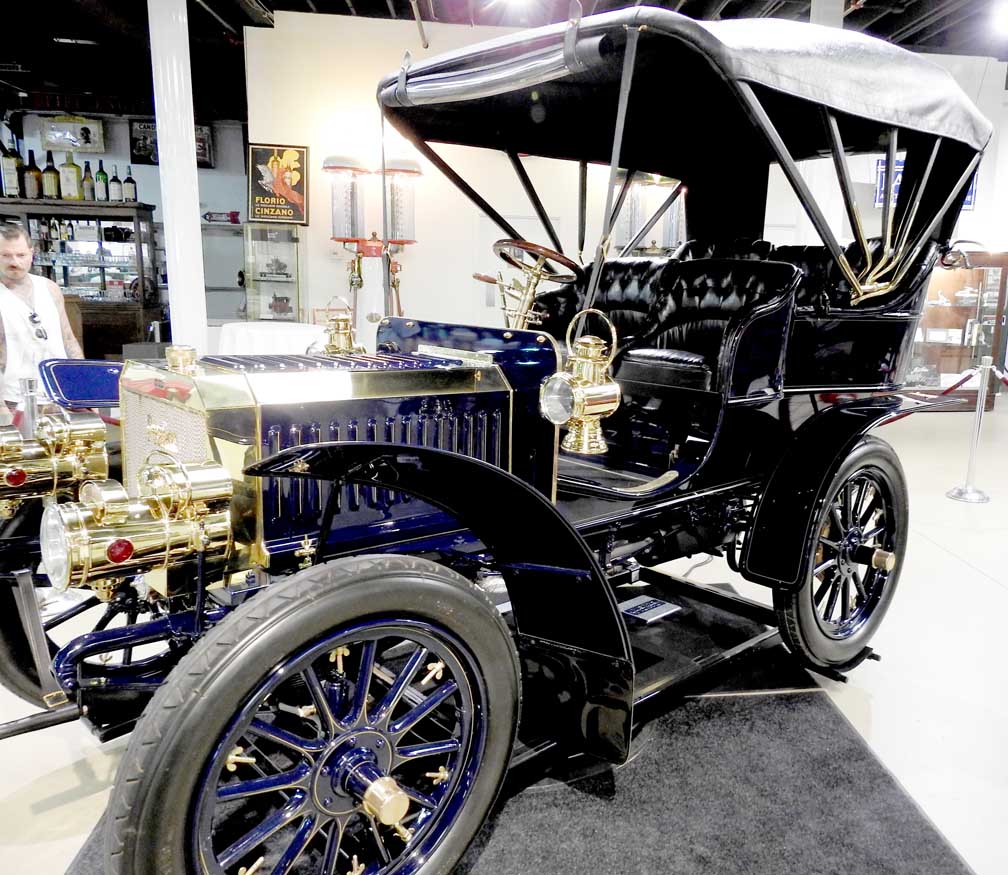 1904 Arrow Rear Entry Tonneau 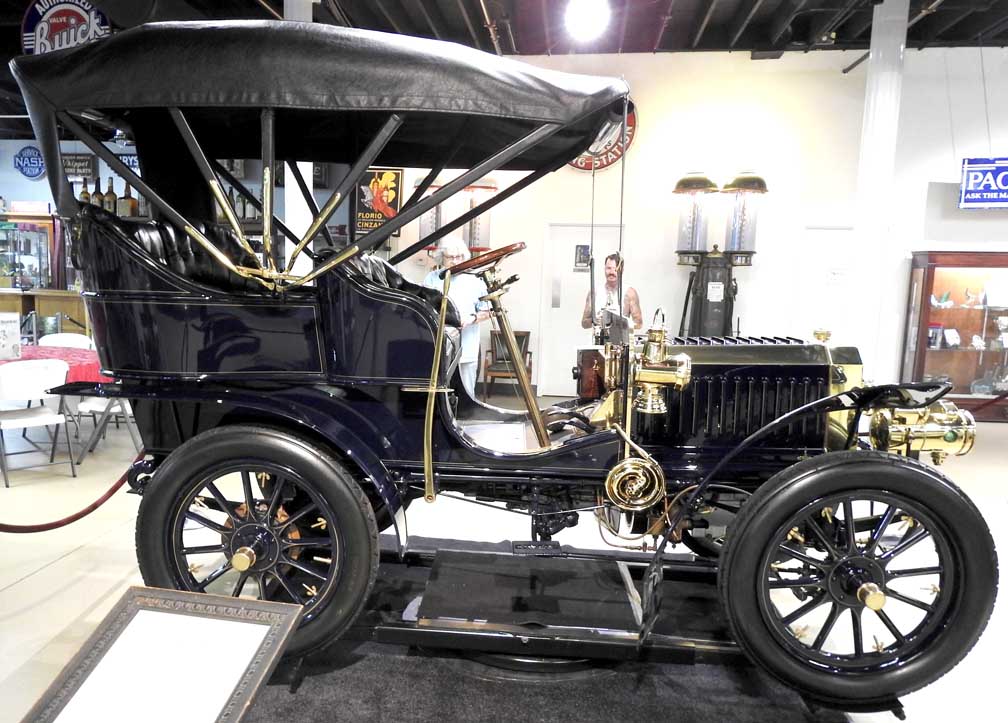 1904 Arrow Rear Entry Tonneau 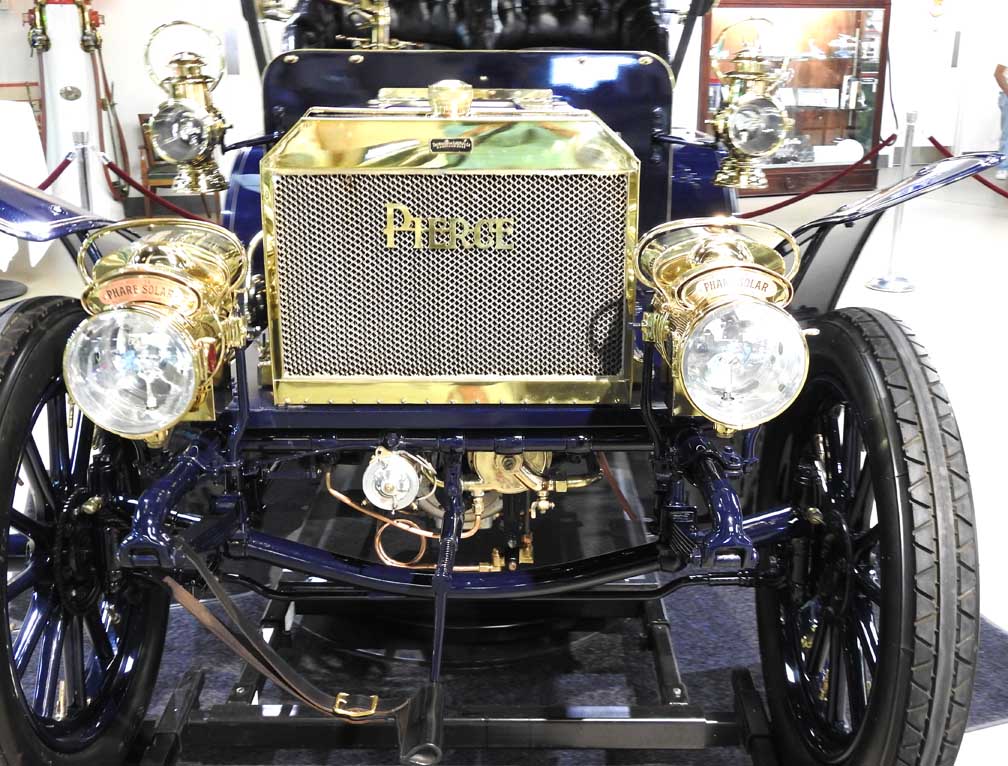 1904 Arrow Rear Entry Tonneau 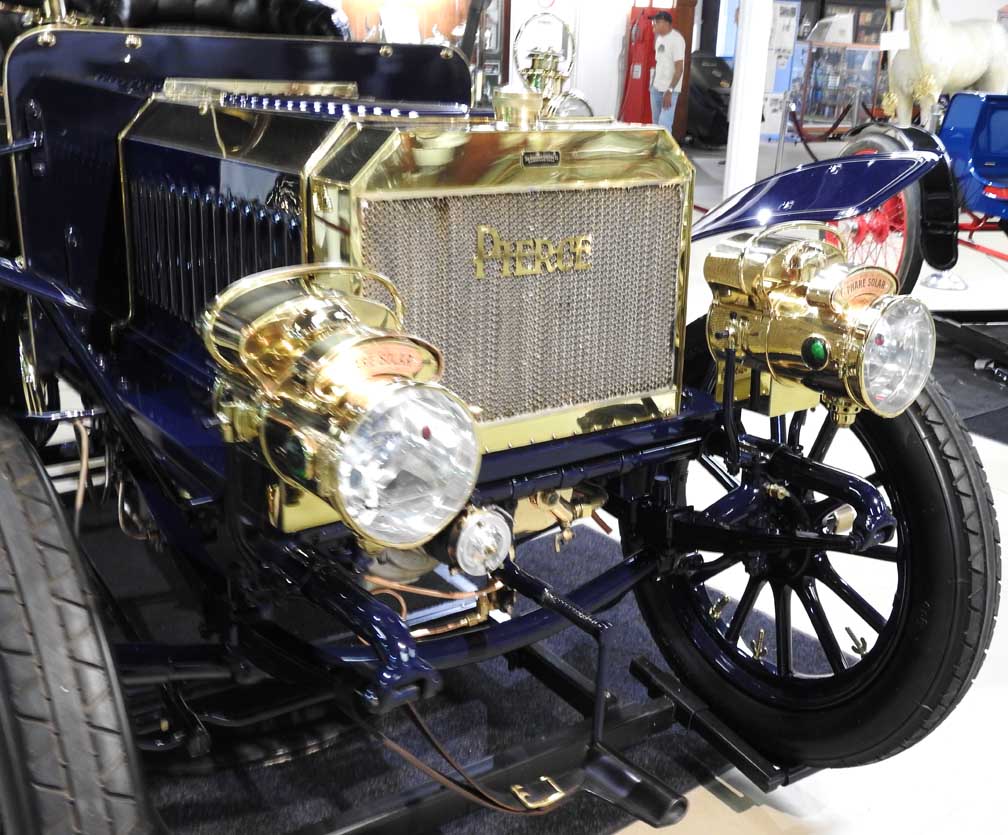 1904 Arrow Rear Entry Tonneau 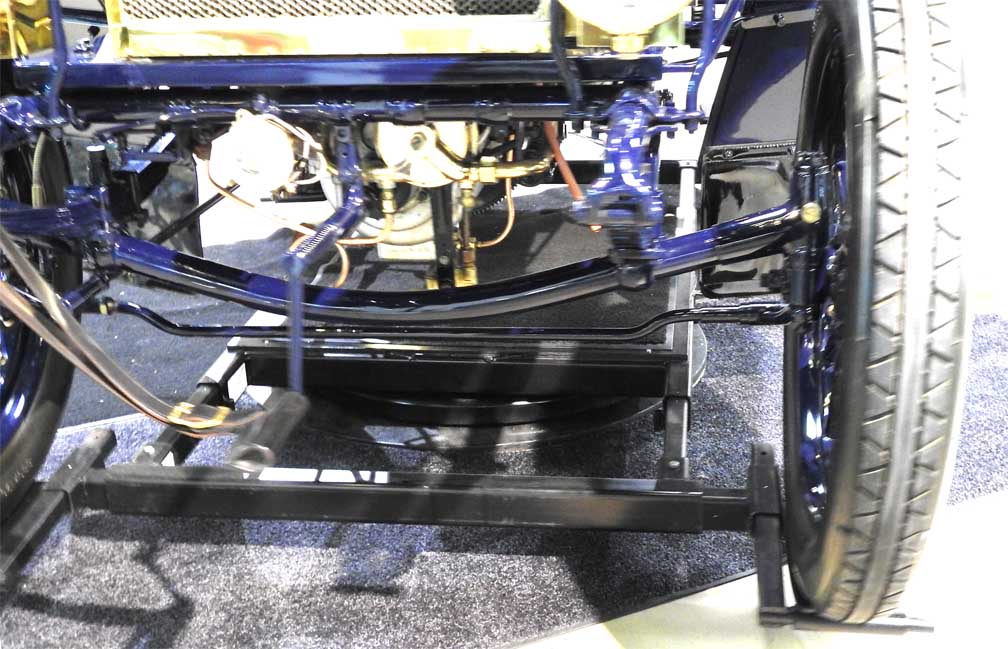 1904 Arrow Rear Entry Tonneau 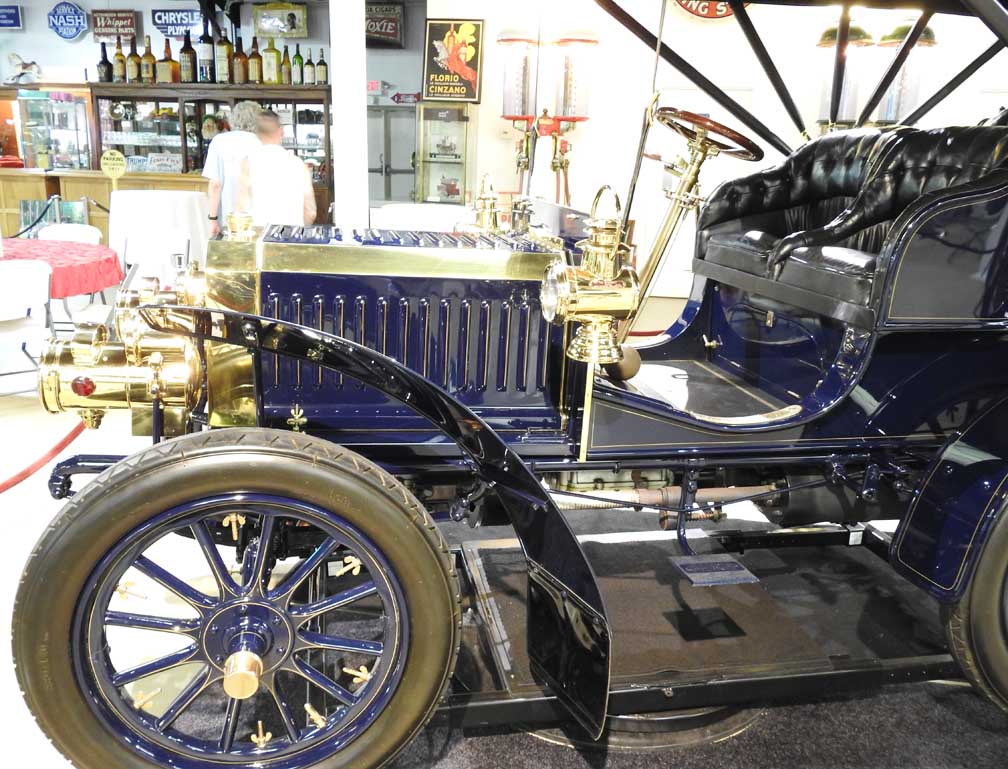 1904 Arrow Rear Entry Tonneau 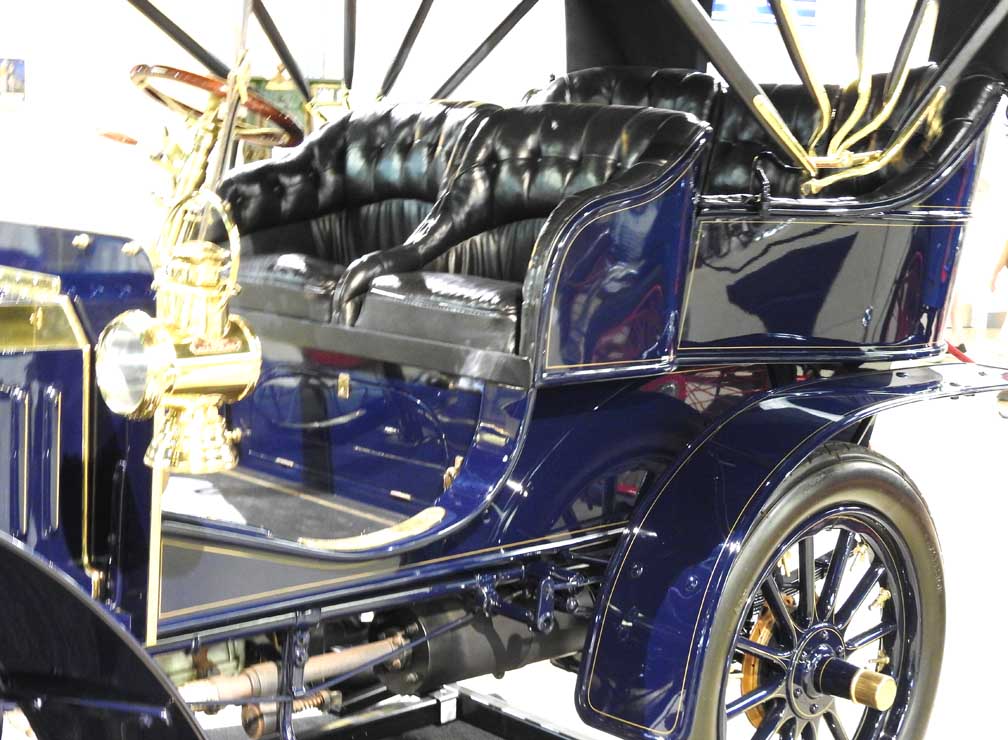 1904 Arrow Rear Entry Tonneau 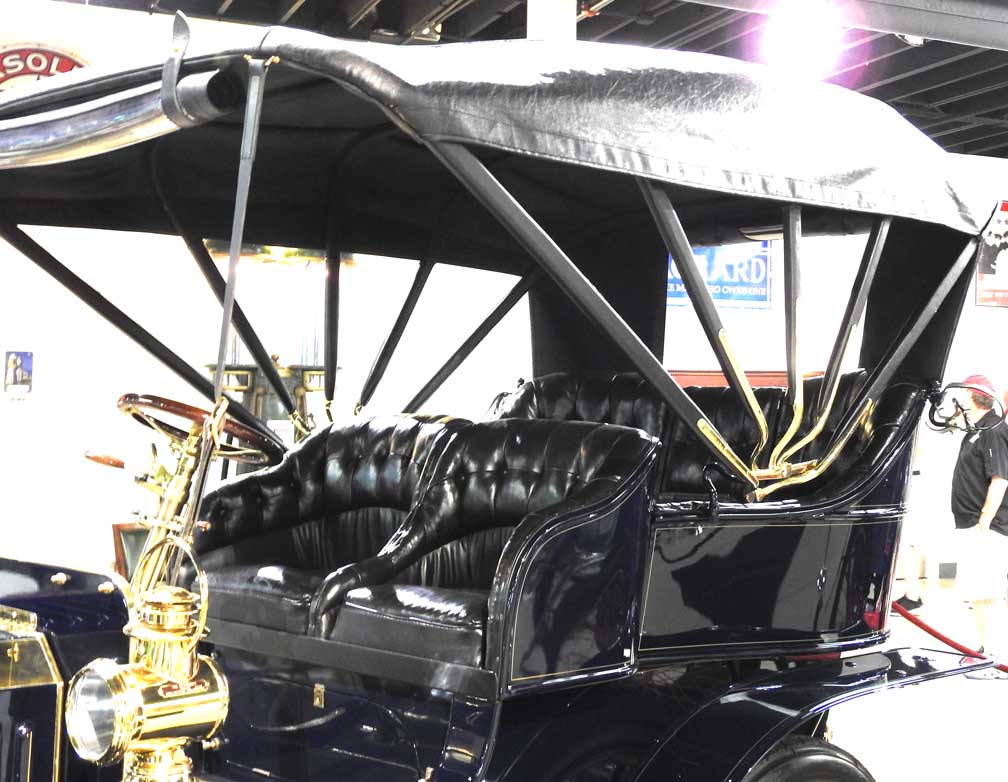 1904 Arrow Rear Entry Tonneau 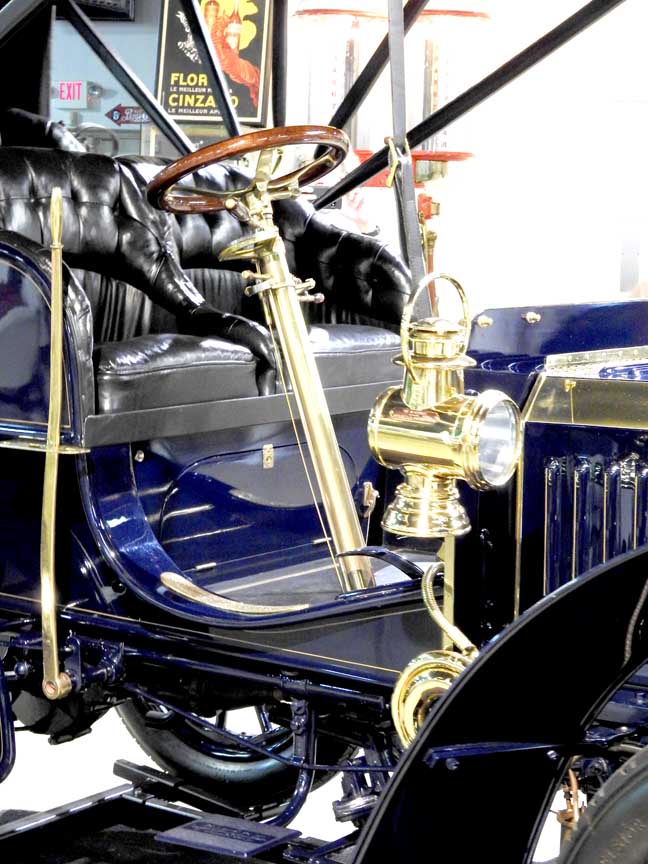 1904 Arrow Rear Entry Tonneau 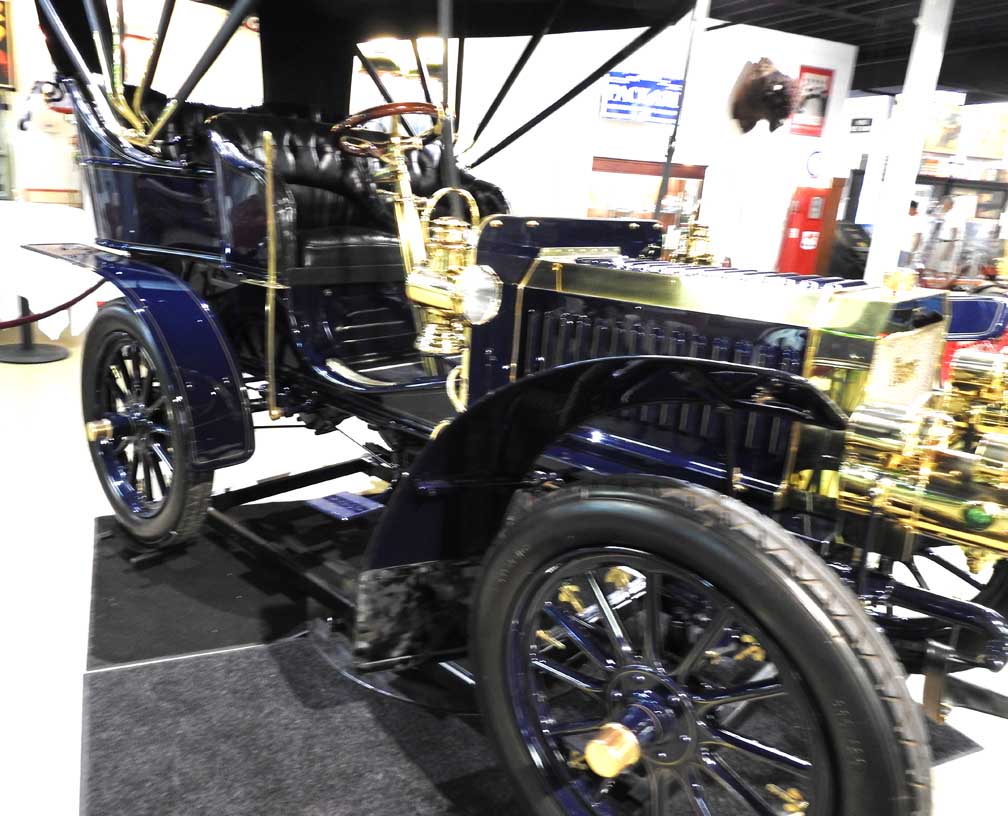 1904 Arrow Rear Entry Tonneau 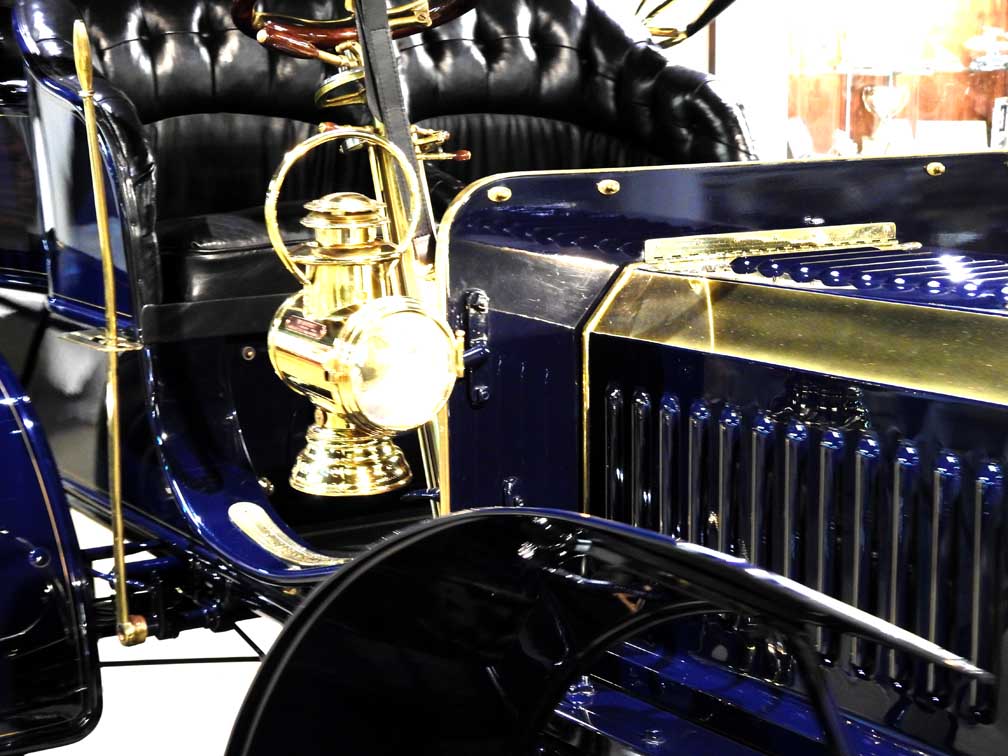 1904 Arrow Rear Entry Tonneau 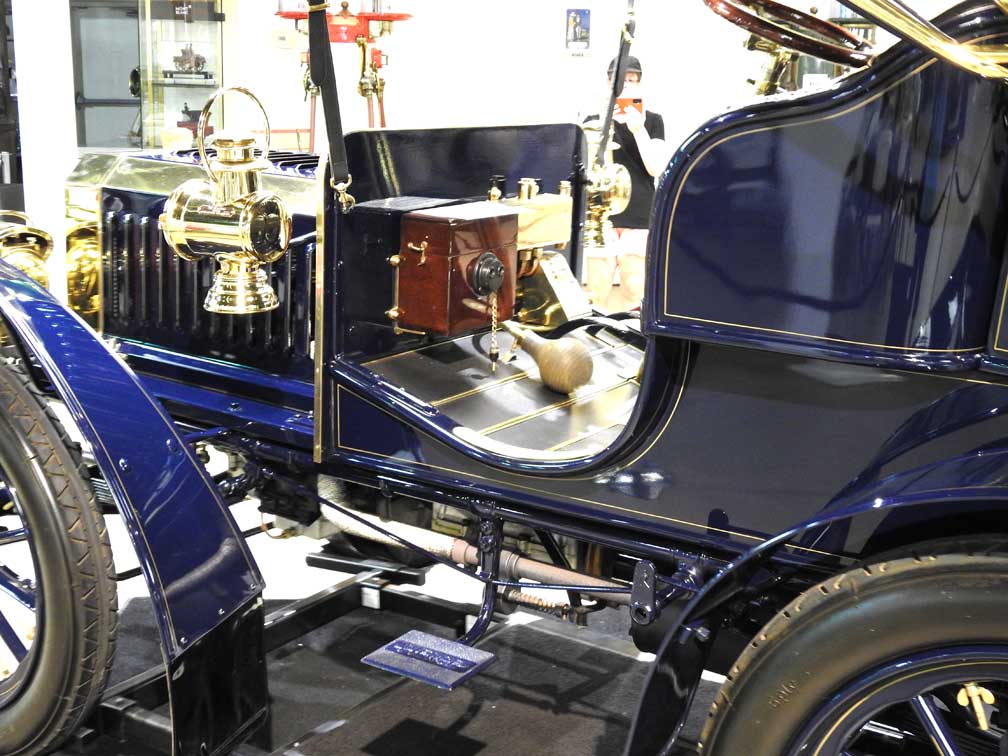 1904 Arrow Rear Entry Tonneau 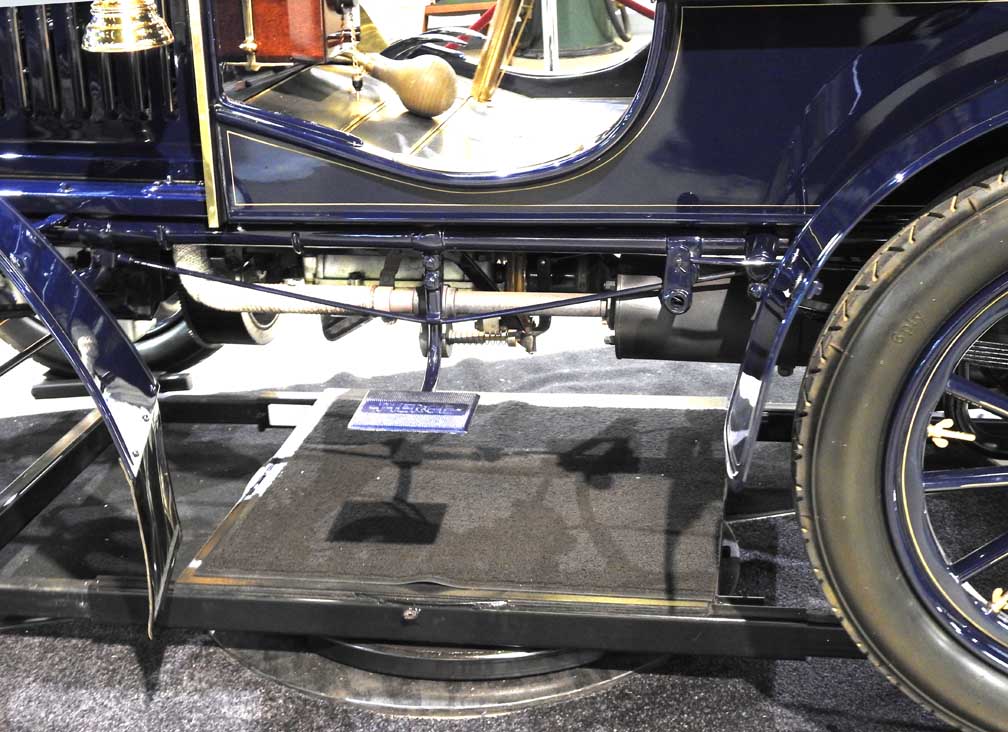 1904 Arrow Rear Entry Tonneau 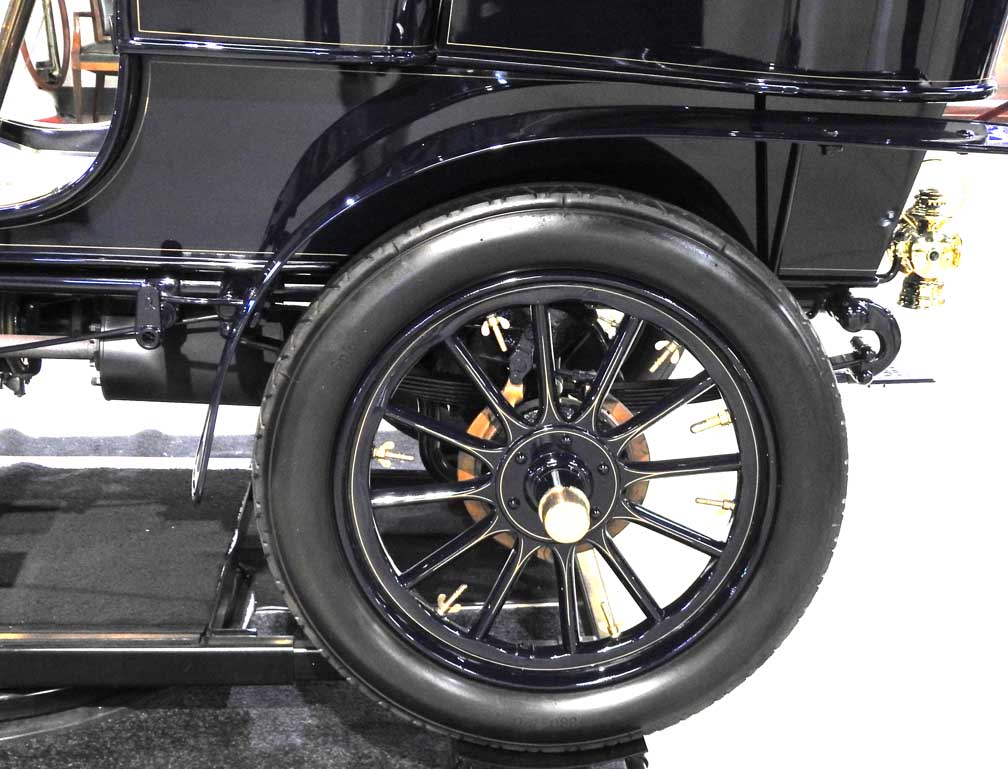 1904 Arrow Rear Entry Tonneau 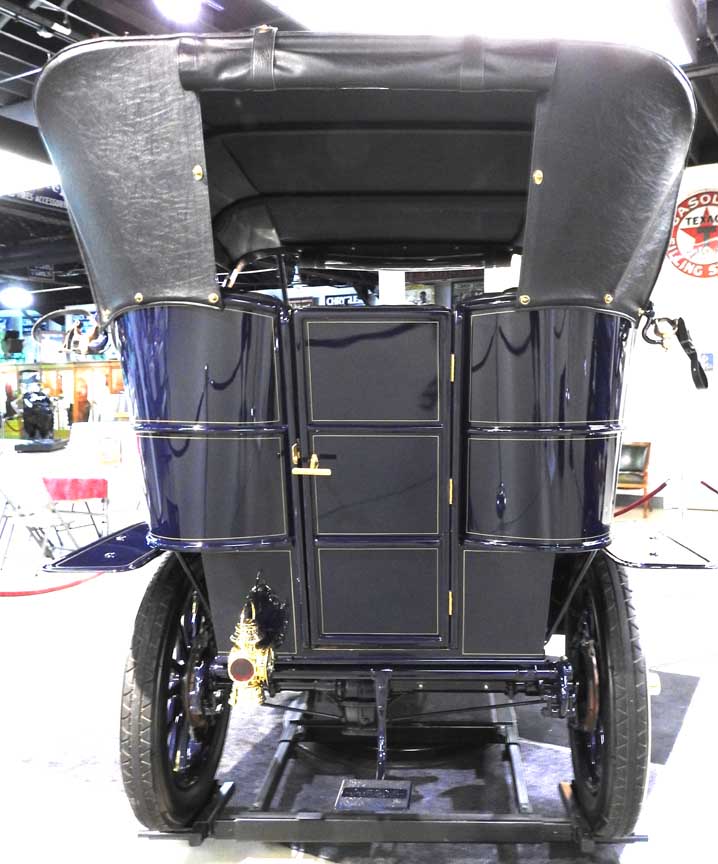 1904 Arrow Rear Entry Tonneau 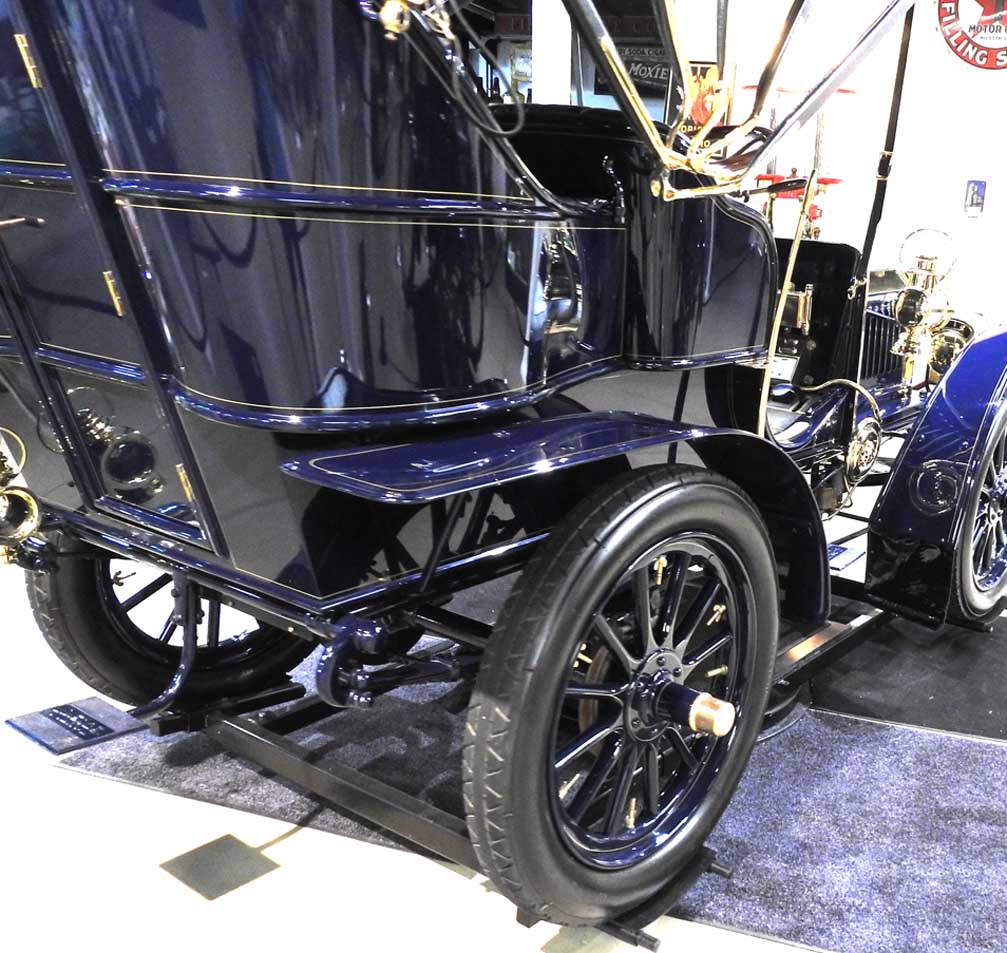 1904 Arrow Rear Entry Tonneau |
|
"The George N. Pierce company started toward the line that would
make them famous in 1903 with the introduction of the Arrow.
A bigger car with the engine mounted in the front of the car rather
than under the car, the Arrow carried four adults and was powered by
a 15-hp deDion engine. A Pierce made engine followed in 1904. "The Arrow paved the path for the Great Arrow, which made its debut in 1904. The Great Arrow used a 93 inch wheelbase and featured a four cylinder Pierce engine. The Great Arrow also introduced the user of cast aluminum body panels. The Great Arrow also had a great price: $4000! The Great Arrow defined the basic car that Pierce would produce, with refinements, for the next several years. It was the Great Arrow that helped gain Pierce its great reputation by winning the first five Glidden Tours." - The Pierce-Arrow Society (online October 2017)  |
| George
Pierce and George Birge The Pierce-Arrow Motor Car Co. was officially launched in 1907. In a fit of pique, George Pierce withdrew from management in 1908 and the Pierce family sold its interest and left the company. George Birge was president of the auto company from 1908-1916. |
| 1918
Pierce-Arrow 7 Passenger Touring "The
[George
N. Pierce] company really became famous, however, for luxurious,
high-powered vehicles, including a make called the Arrow.
Pierce changed its name to Pierce-Arrow after that make
took off, and the name came to symbolize luxury and elegance, in
part because the company hired many of the nationís top
illustrators to create artistic advertisements for its products.
After some difficult years, the company went out of business in
1938." - National
Museum of American History (online October 2017)
 1918 Pierce-Arrow 7 Passenger Touring model |
1918
Pierce-Arrow Town Car 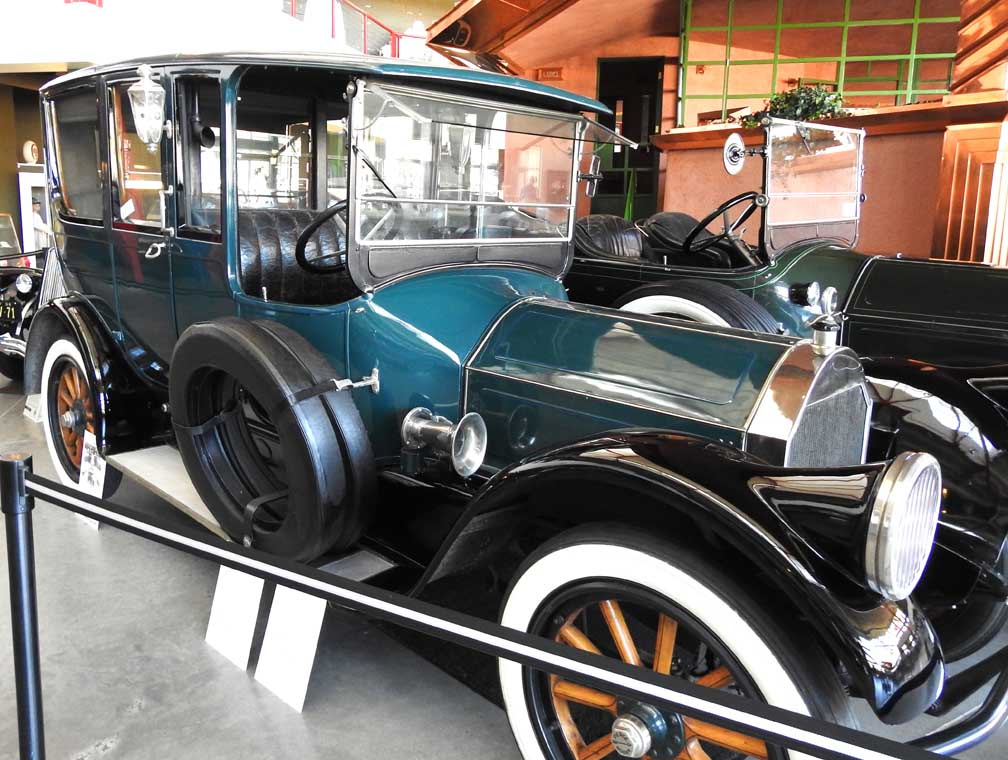 1918 Pierce-Arrow Town Car 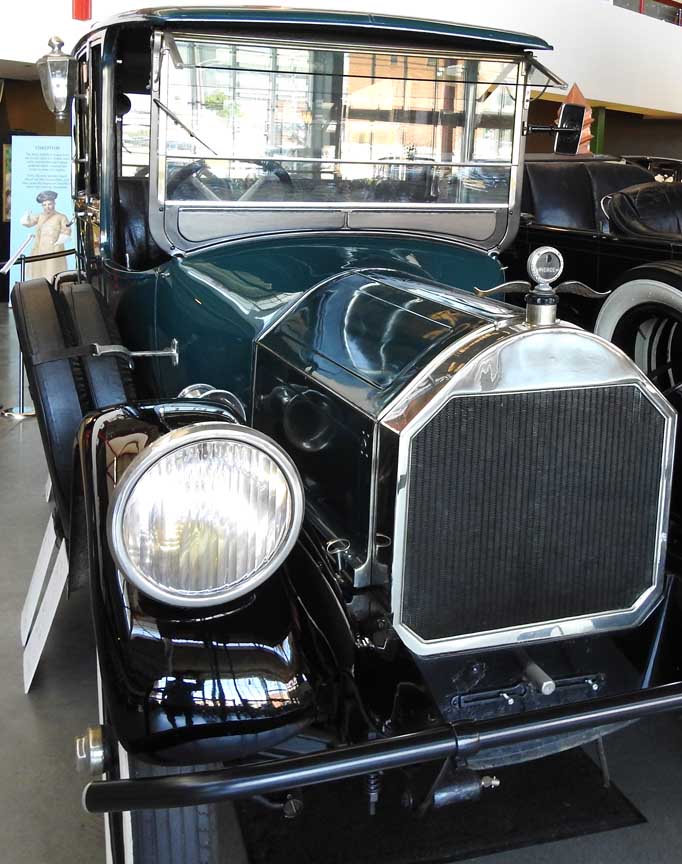 1918 Pierce-Arrow Town Car 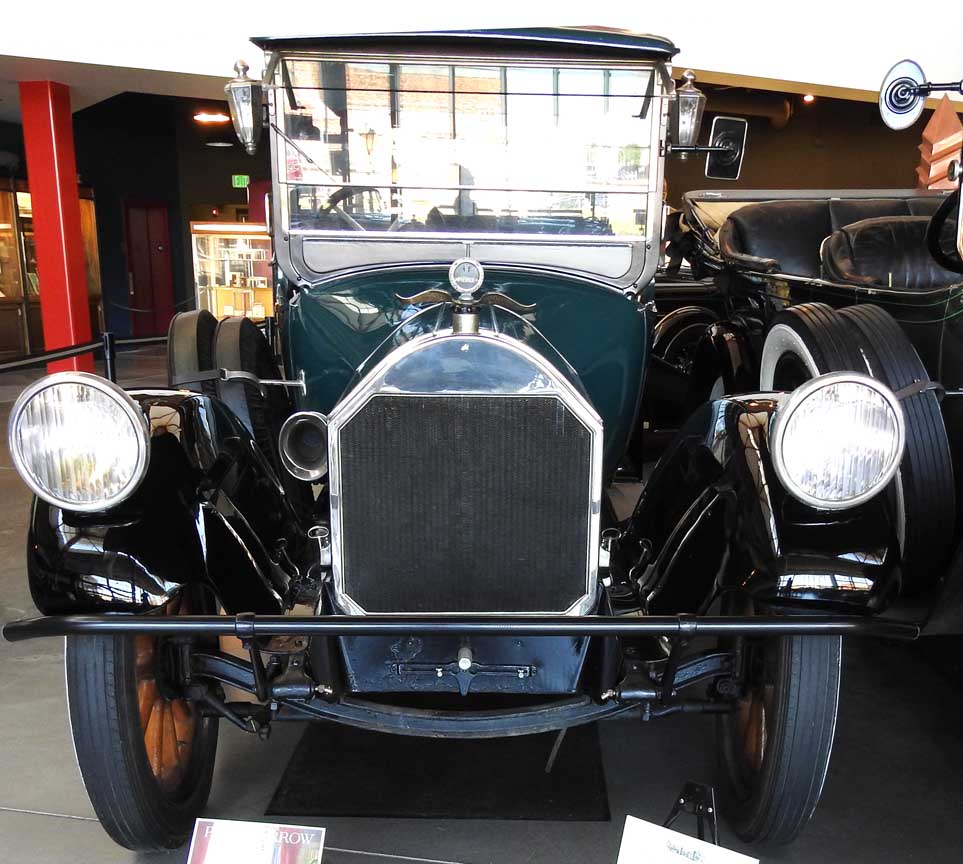 1918 Pierce-Arrow Town Car 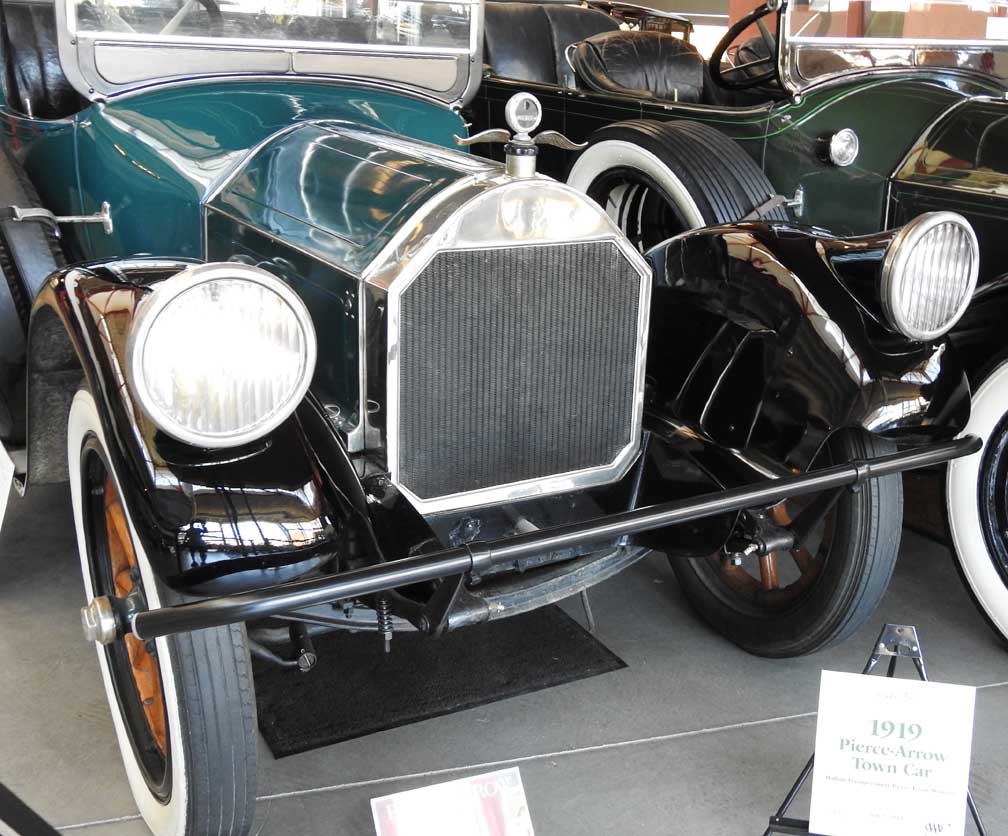 1918 Pierce-Arrow Town Car 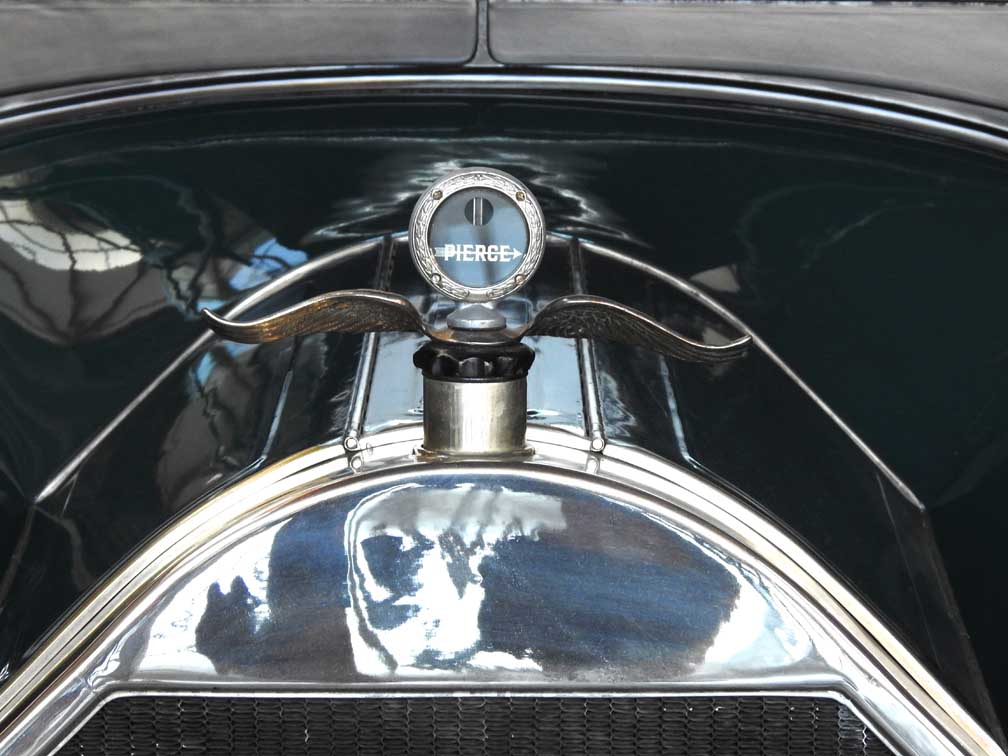 1918 Pierce-Arrow Town Car 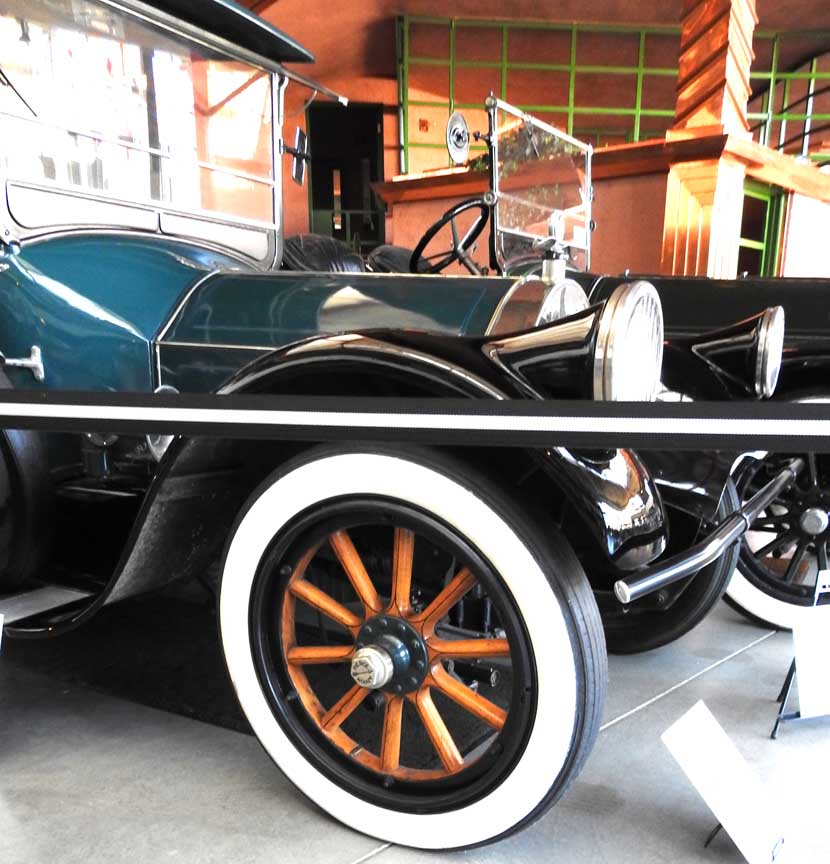 1918 Pierce-Arrow Town Car 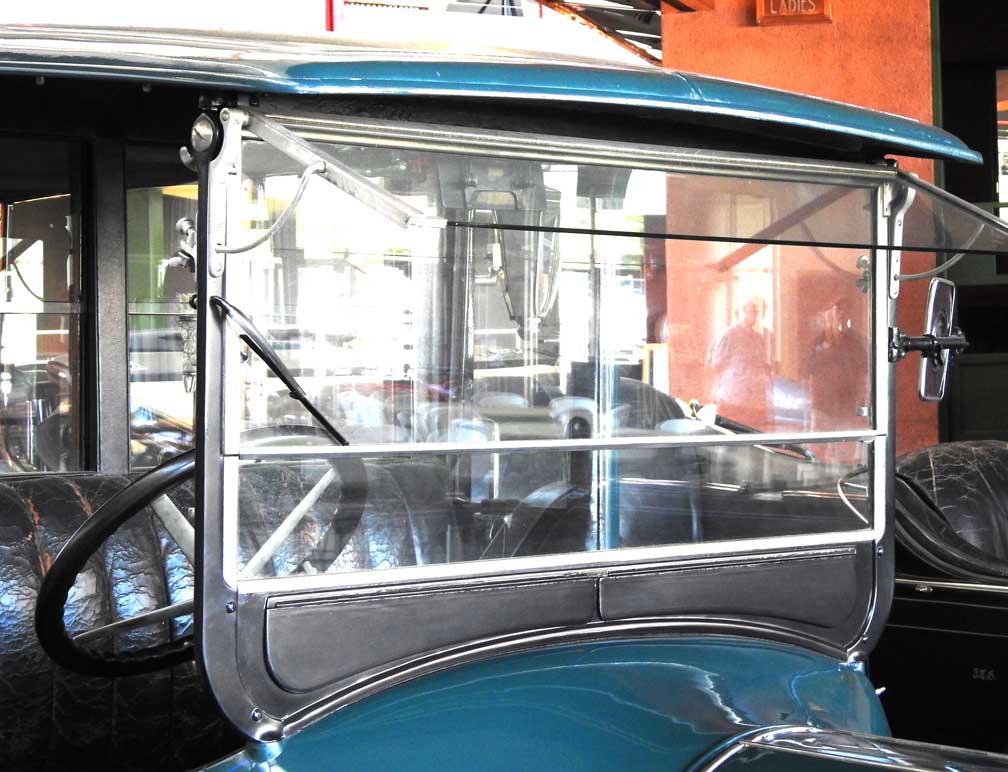 1918 Pierce-Arrow Town Car 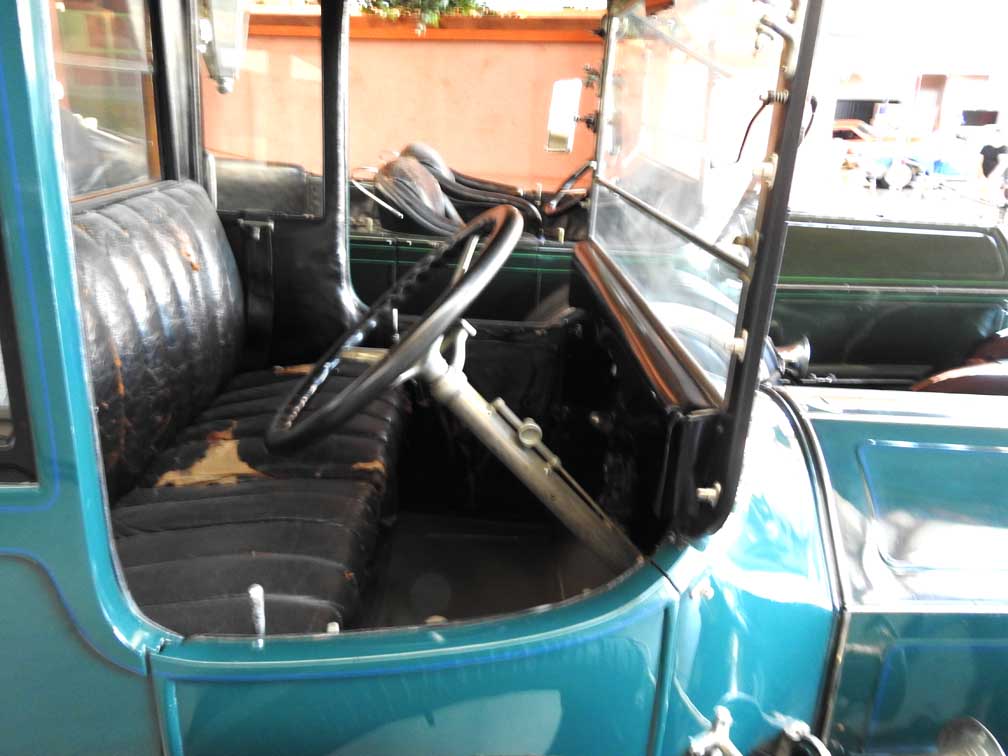 1918 Pierce-Arrow Town Car 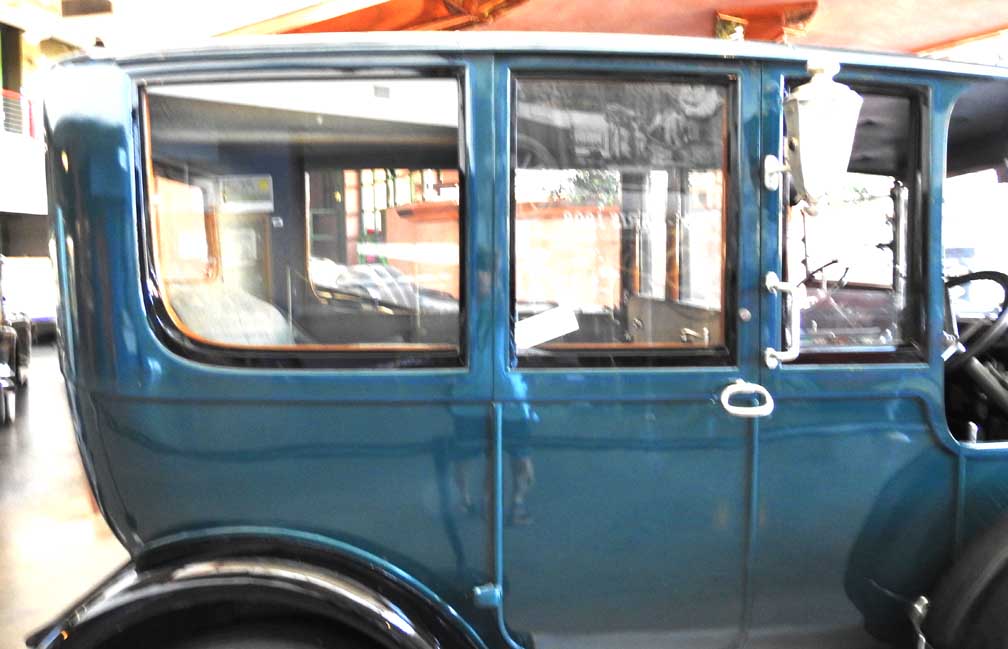 1918 Pierce-Arrow Town Car 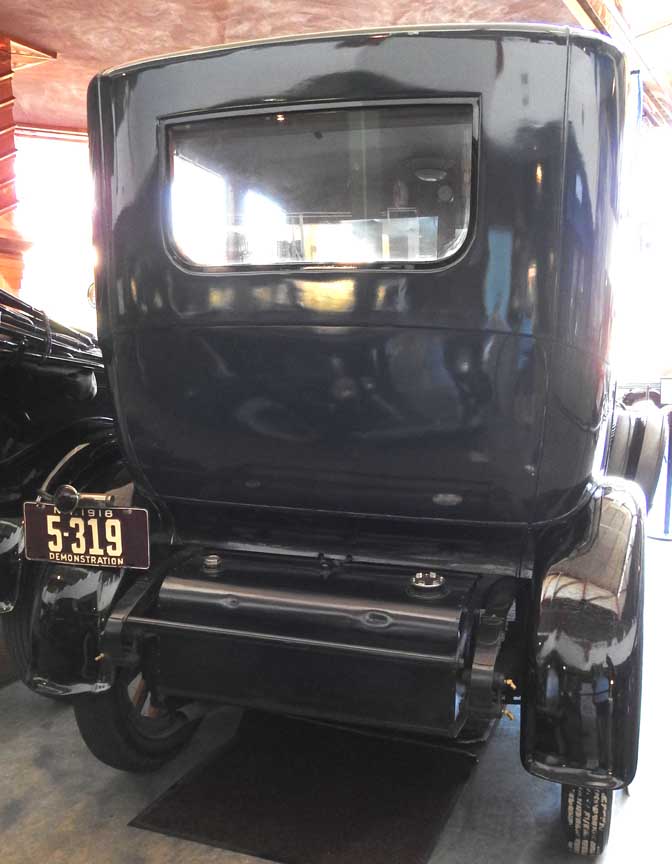 1918 Pierce-Arrow Town Car 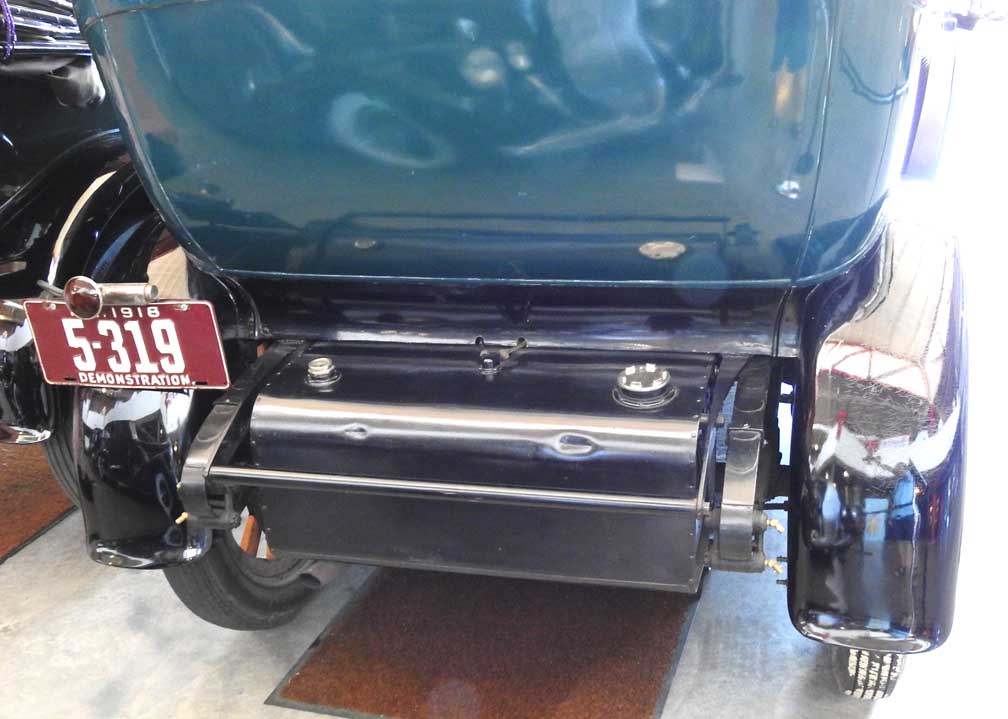 1918 Pierce-Arrow Town Car |
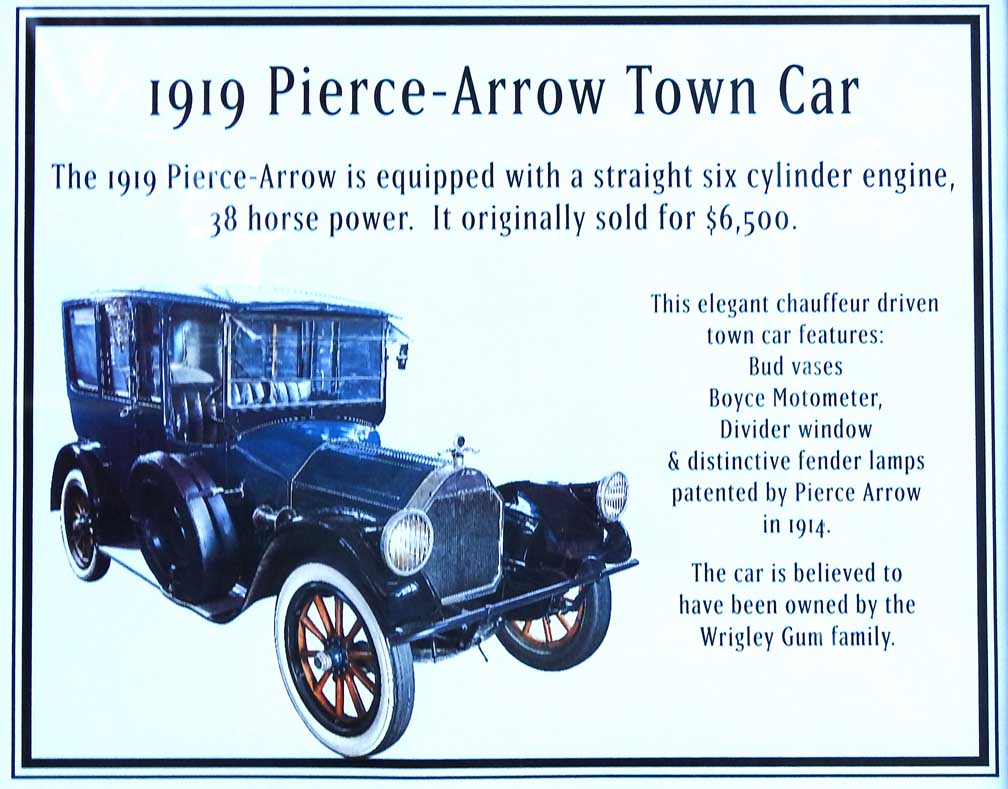 |
1931 Pierce-Arrow 7 Passenger Touring  1931 Pierce-Arrow 7 Passenger Touring. The Arrow automobile continued to be made in the same bicycle plant on Hanover Street until 1907, when the company split into two companies and the auto production was moved to a new plant that was built next to the New York Central Belt Line Railroad on Elmwood Avenue at Great Arrow - land once occupied by a portion of the Midway of the 1901 Pan-American Exposition - covering fifteen acres of land. The complex had one million, sixteen thousand four hundred square feet of floor space for over 10,000 workers.  1931 Pierce-Arrow 7 Passenger Touring  1931 Pierce-Arrow 7 Passenger Touring |
|
1931 Pierce Arrow Rear Model 43 Roadster
ANOTHER 1931
PIERCE ARROW MODEL 43 ROADSTER BELOW:
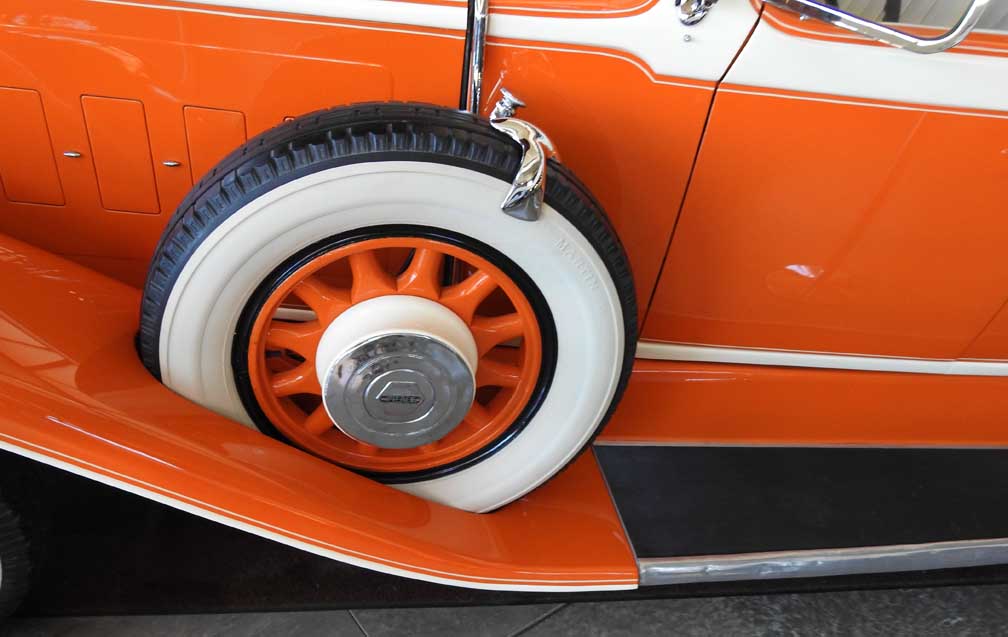 1931 Pierce Arrow Model 43 Roadster 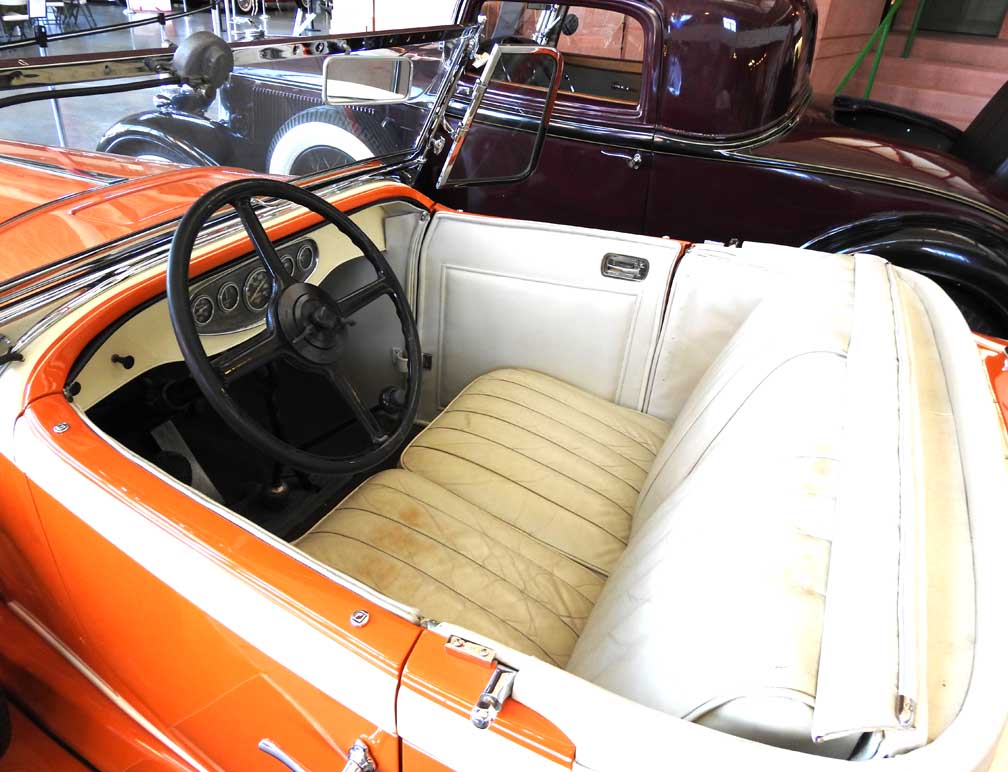 1931 Pierce Arrow Model 43 Roadster 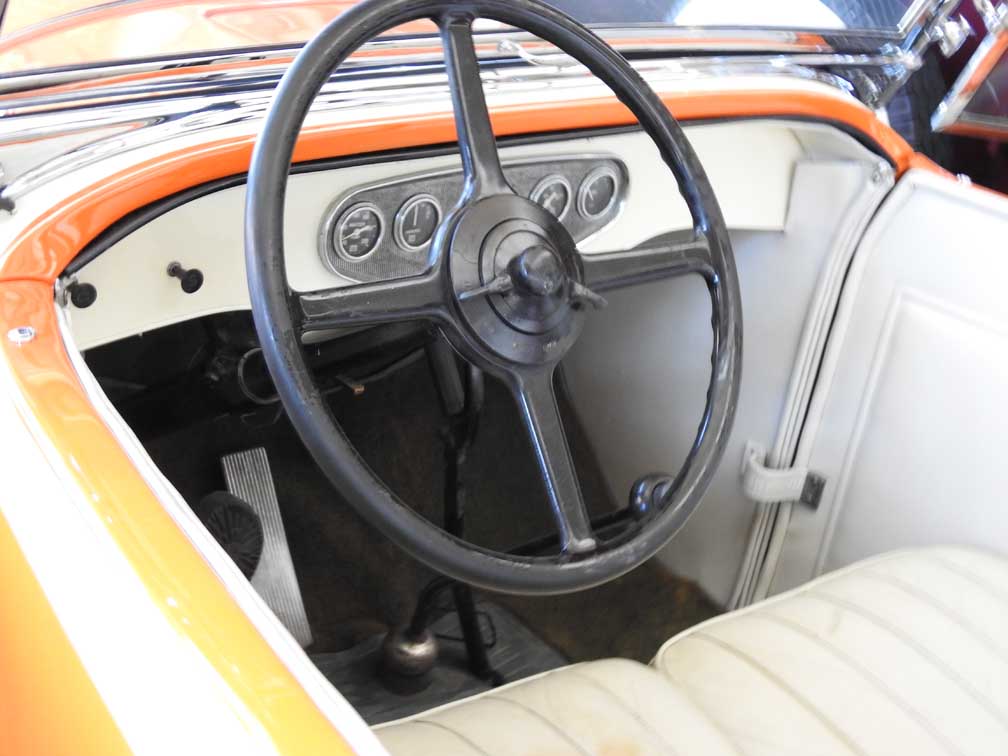 1931 Pierce Arrow Model 43 Roadster 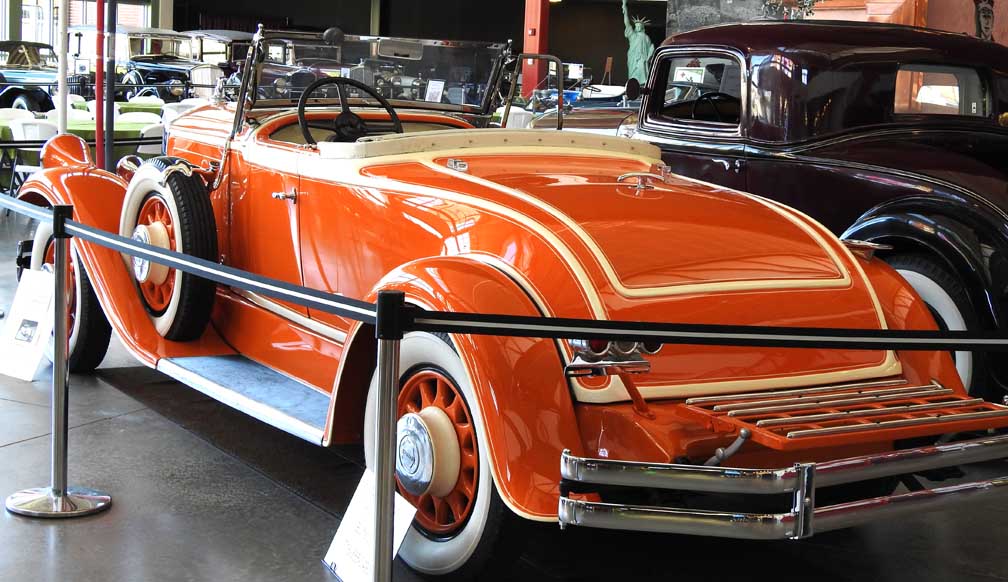 1931 Pierce Arrow Model 43 Roadster 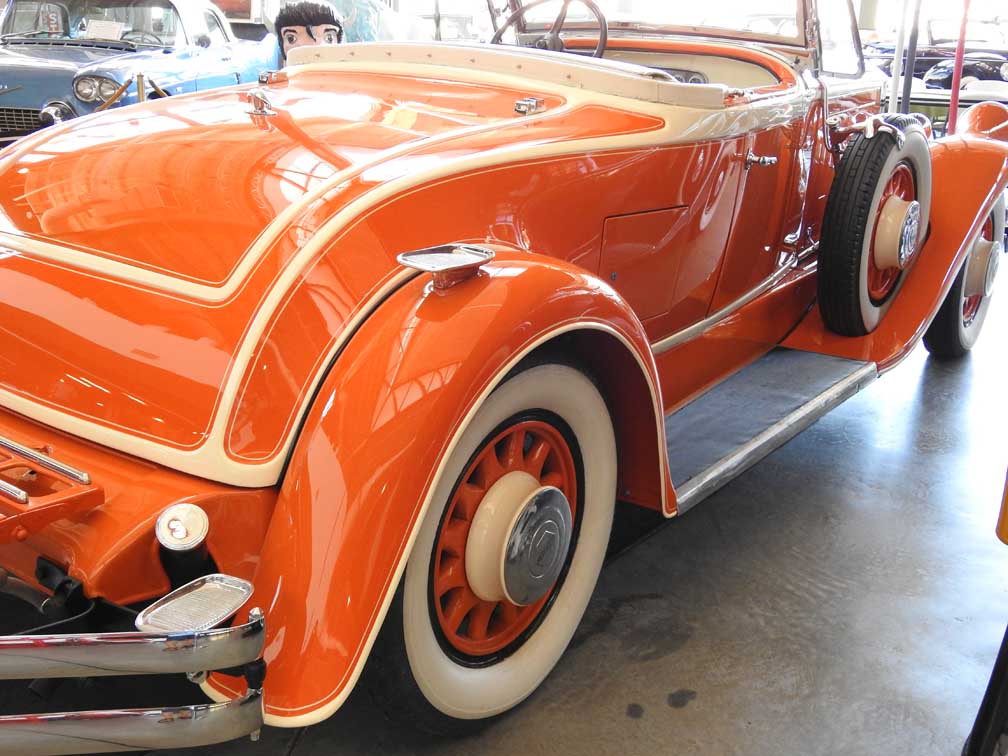 1931 Pierce Arrow Model 43 Roadster 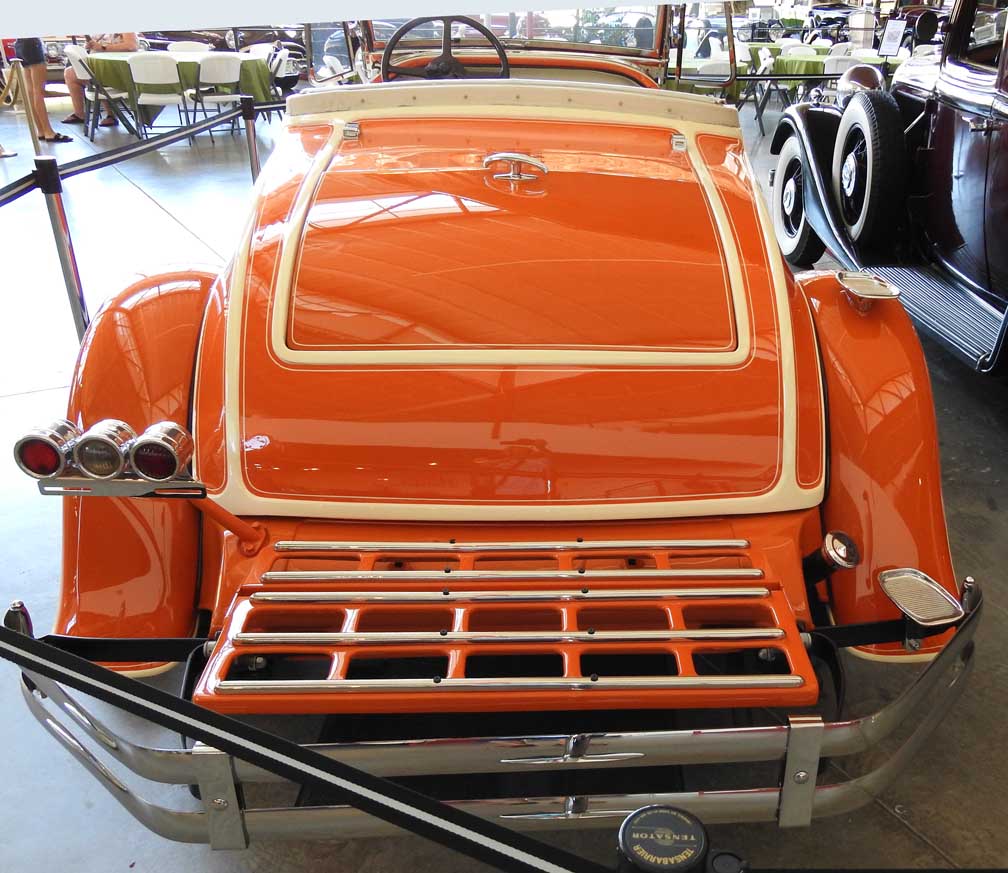 1931 Pierce Arrow Model 43 Roadster 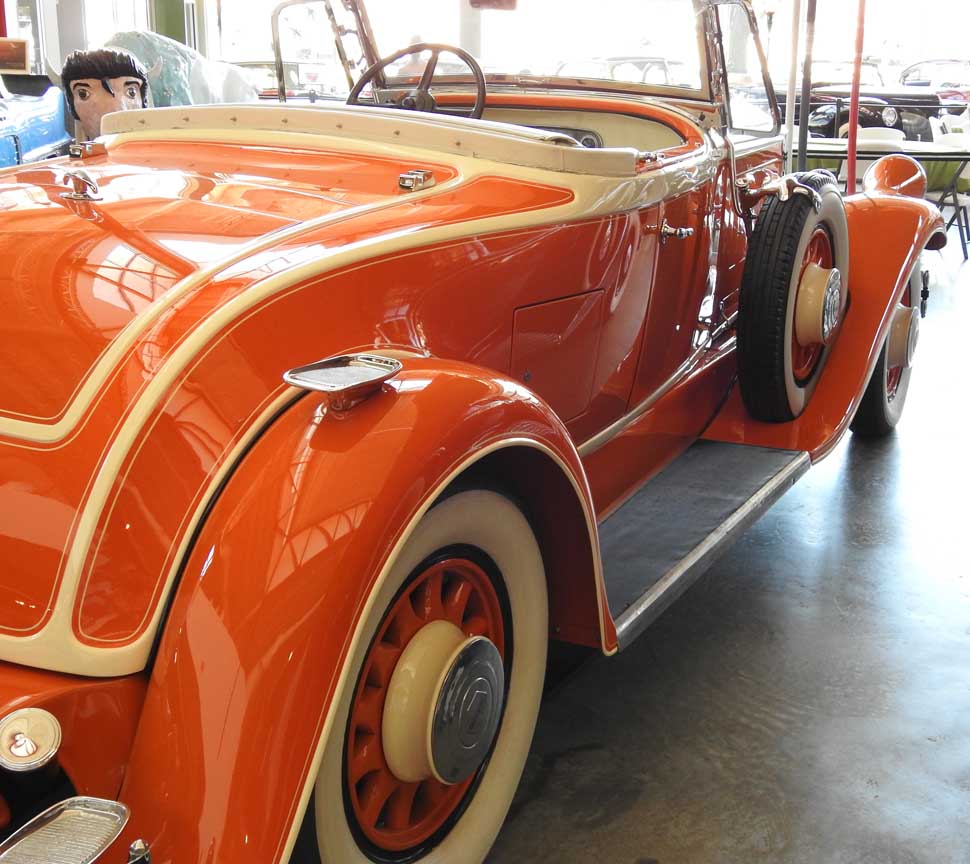 1931 Pierce Arrow Model 43 Roadster 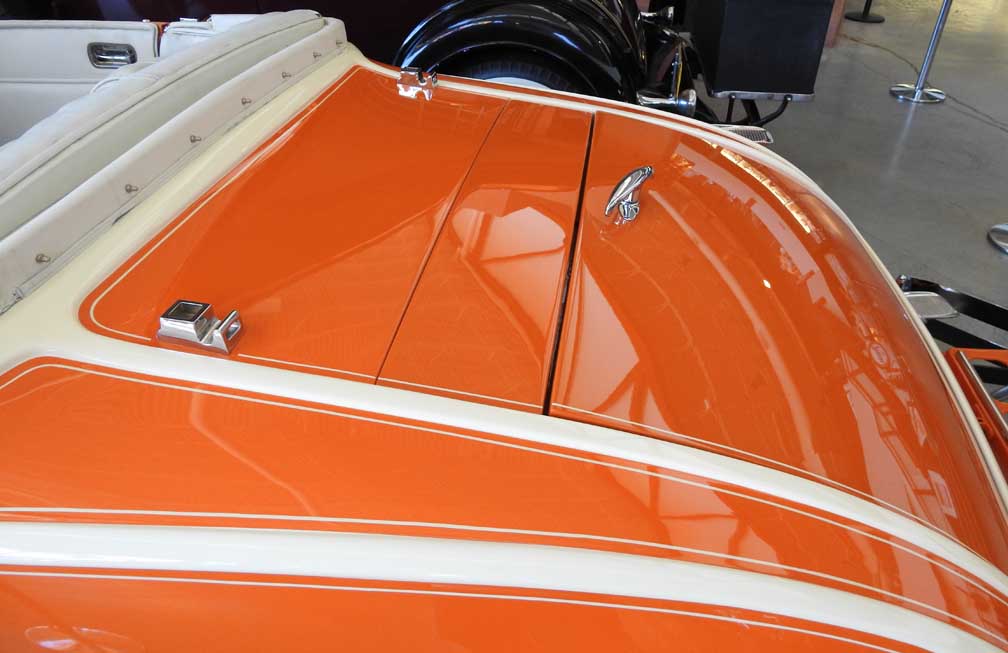 1931 Pierce Arrow Model 43 Roadster 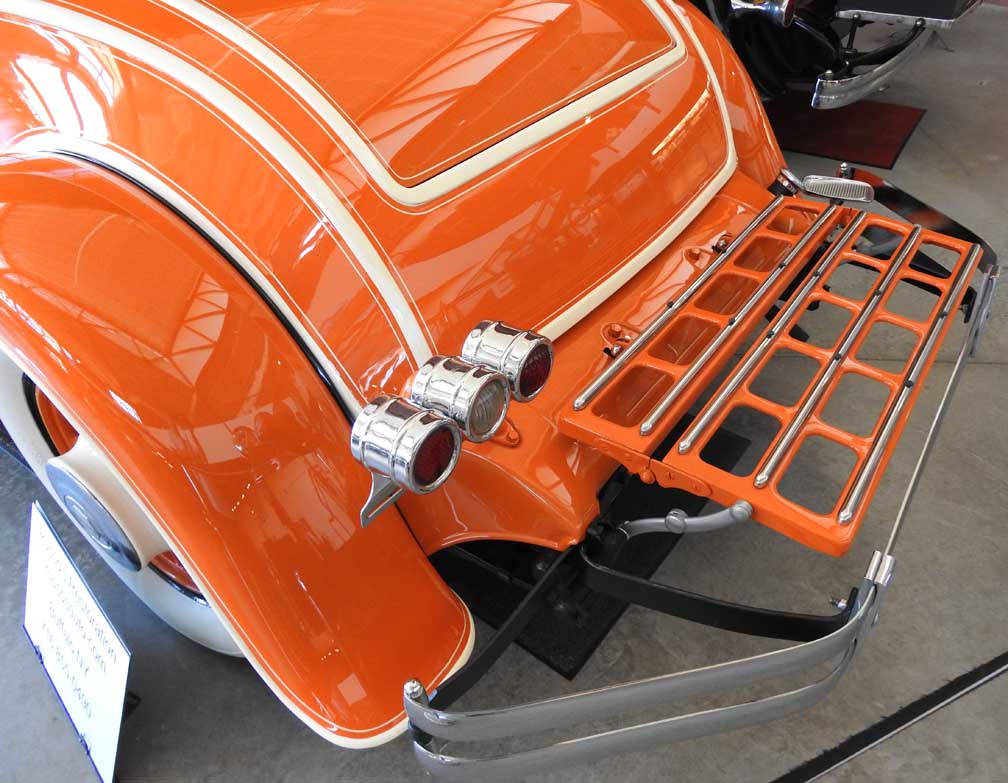 1931 Pierce Arrow Model 43 Roadster 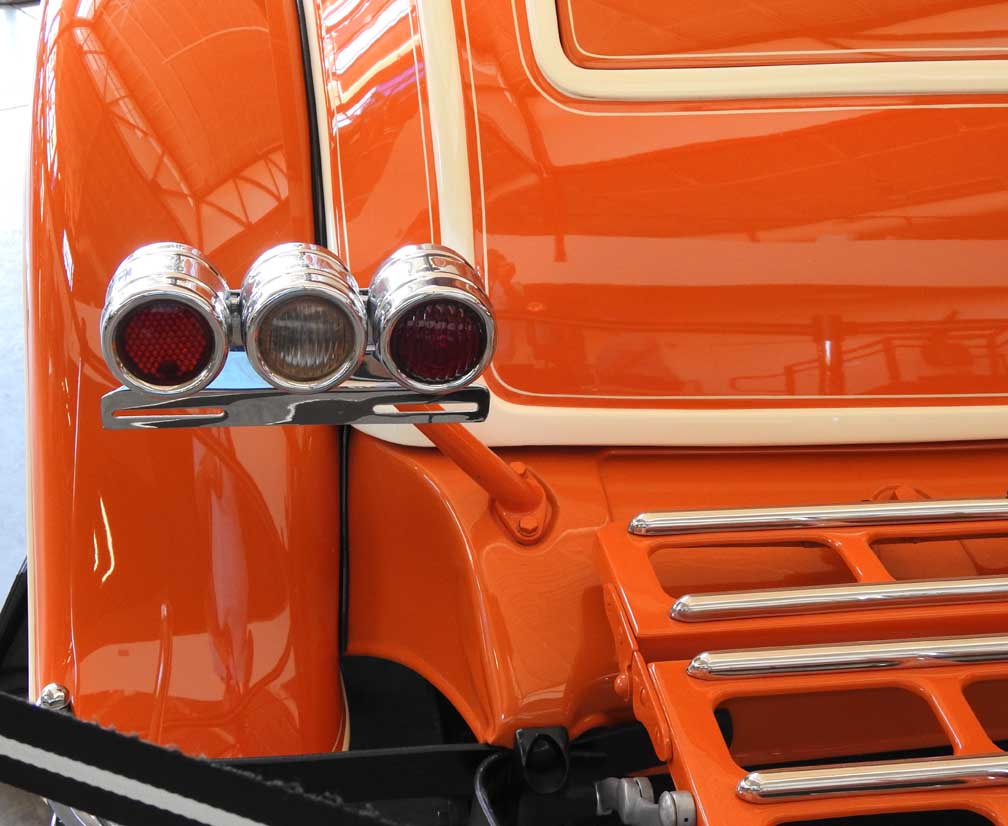 1931 Pierce Arrow Model 43 Roadster 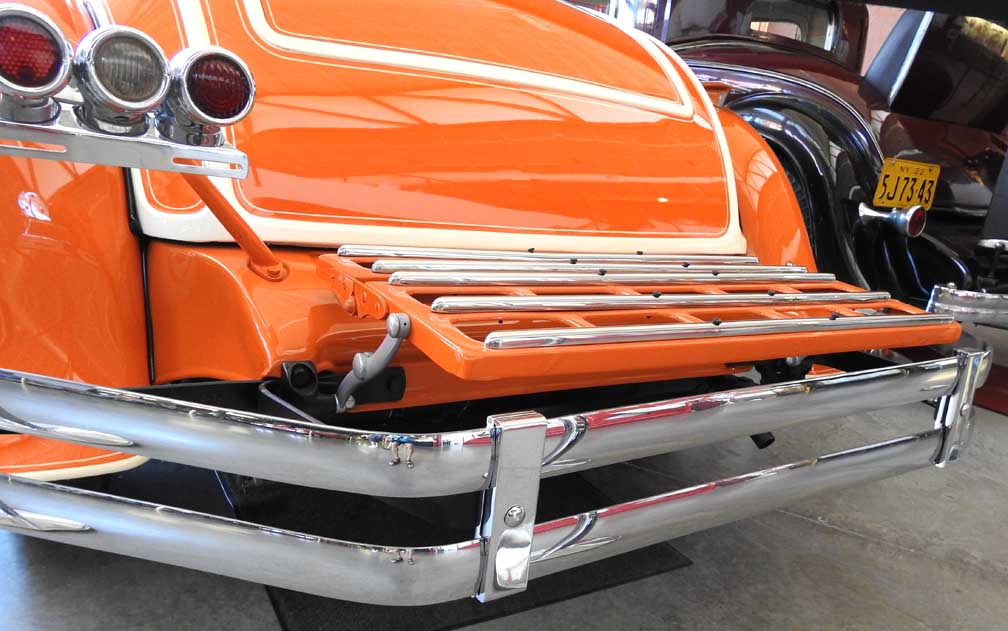 1931 Pierce Arrow Model 43 Roadster |
|
1933 Pierce-Arrow Model 1242 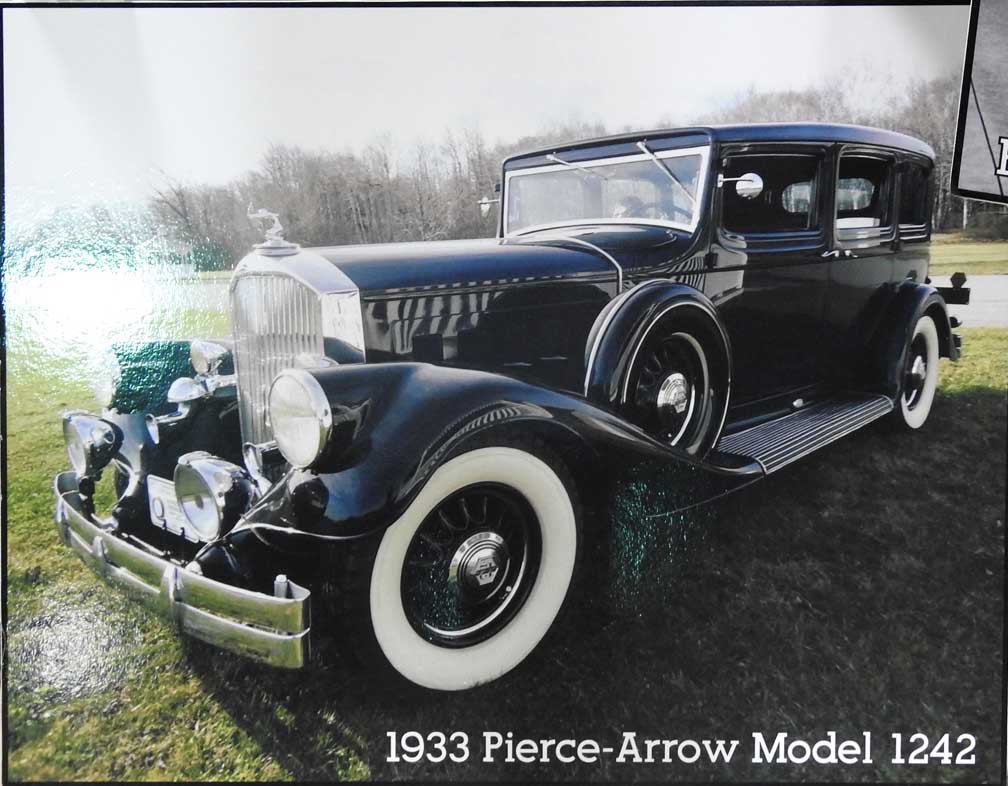 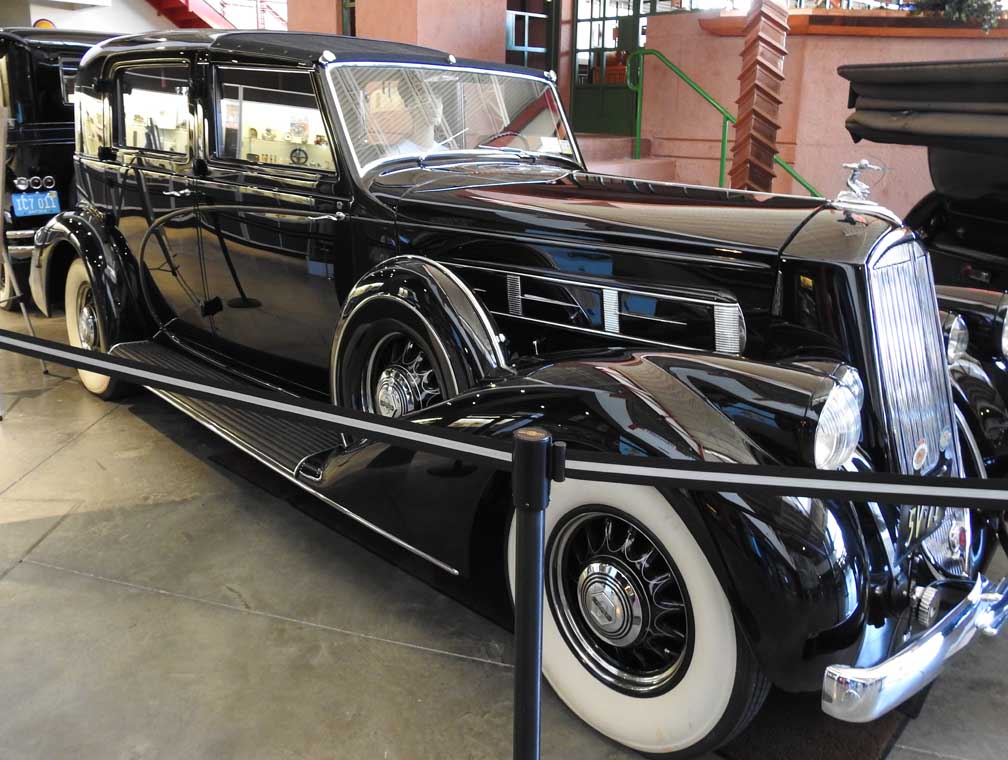 1933
Pierce-Arrow
Model 1242 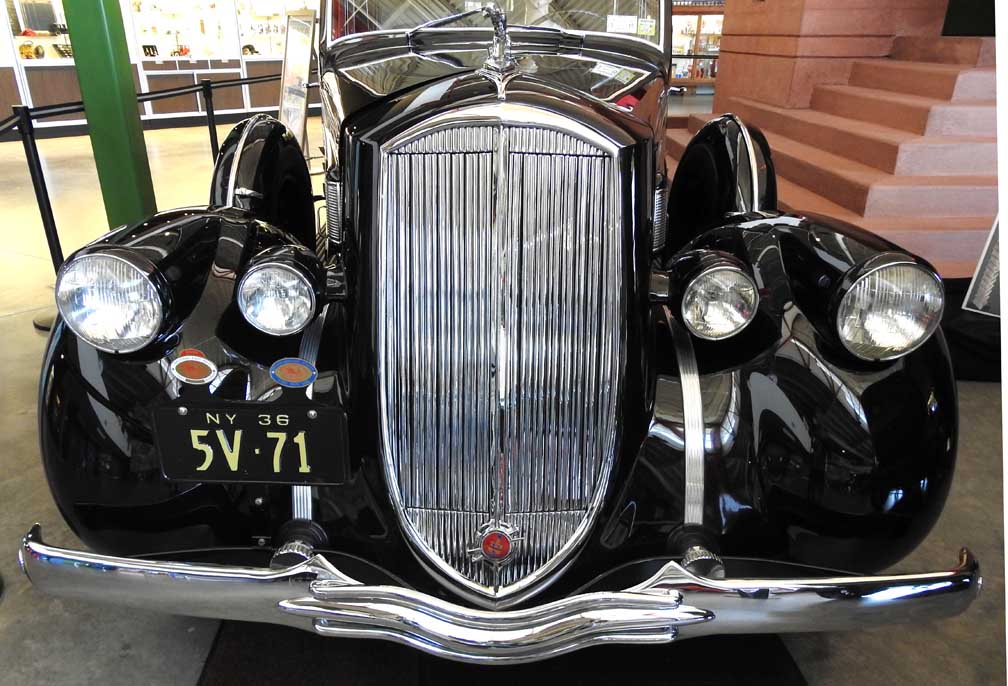 1933
Pierce-Arrow
Model 1242 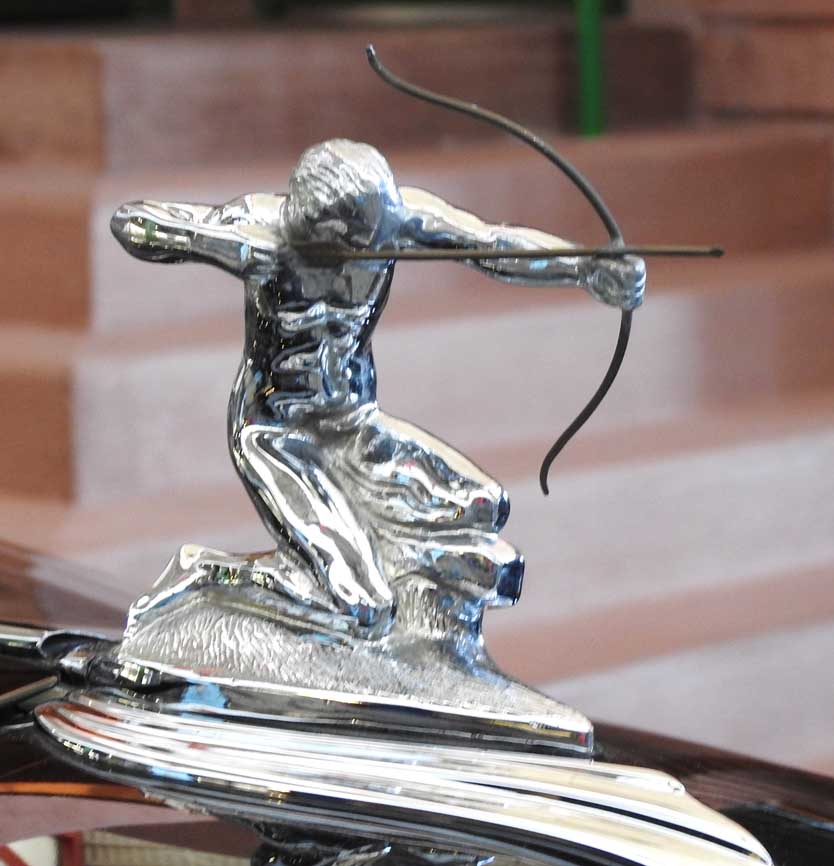 1933
Pierce-Arrow
Model 1242 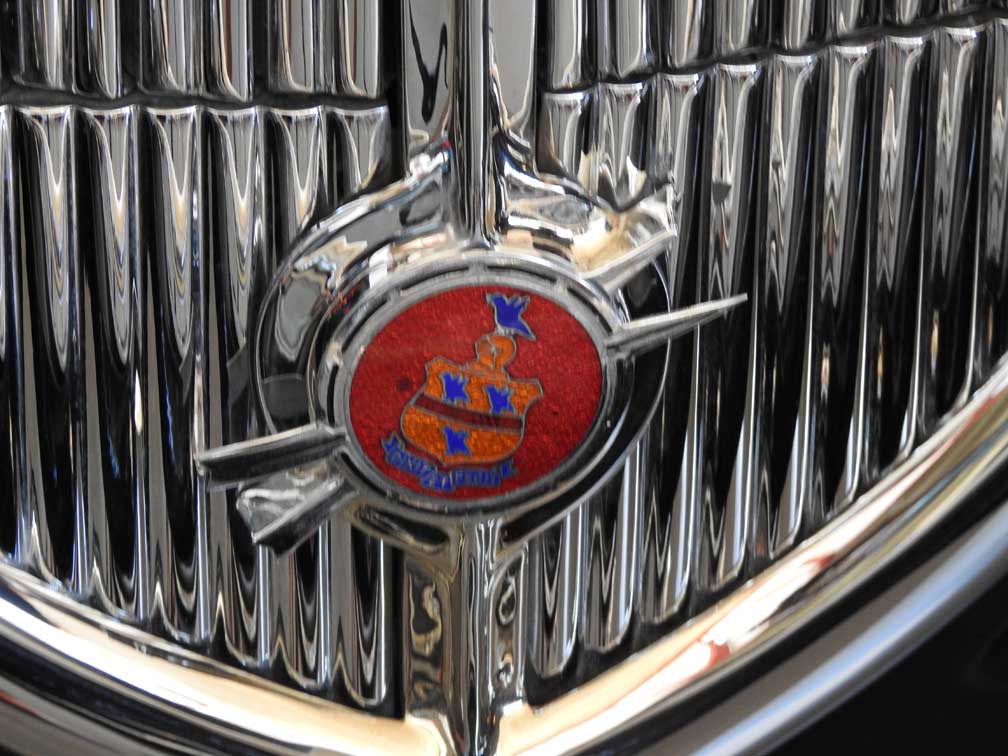 1933
Pierce-Arrow
Model 1242 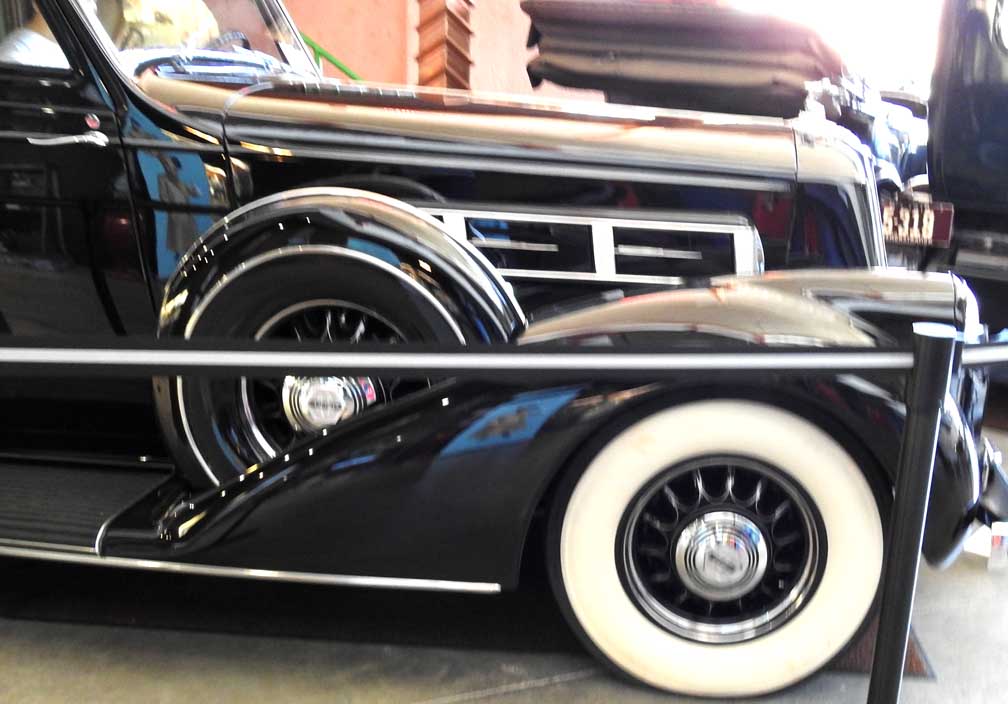 1933
Pierce-Arrow
Model 1242 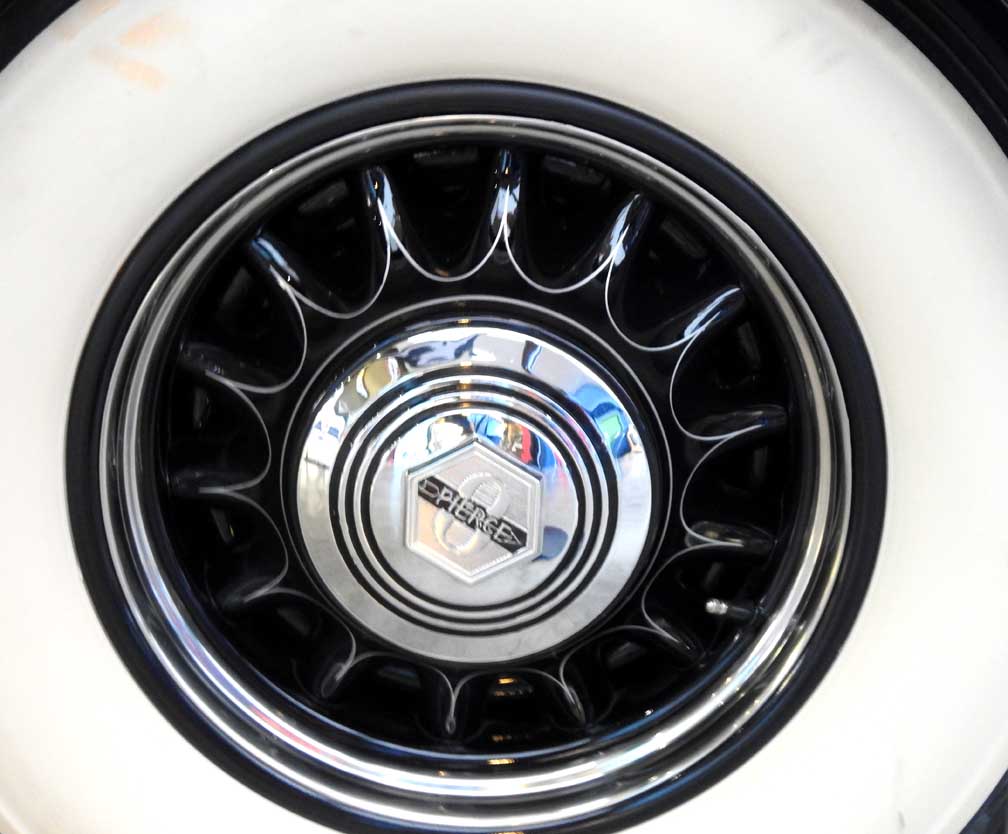 1933
Pierce-Arrow
Model 1242 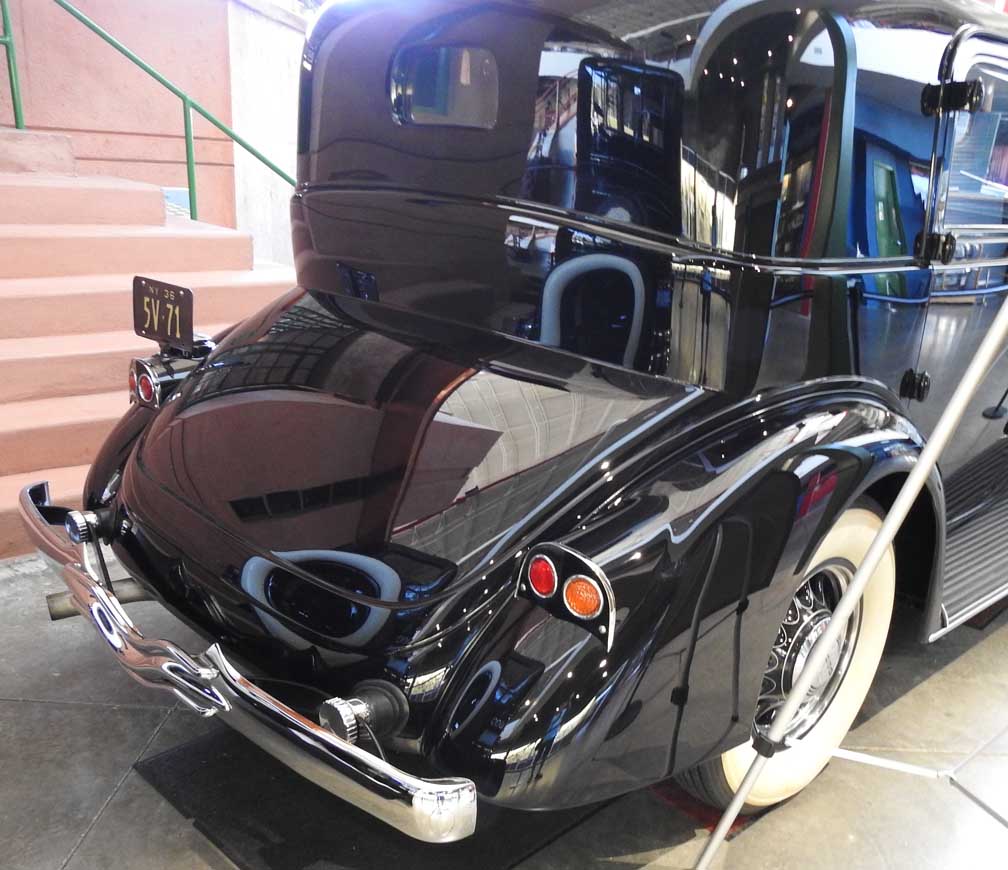 1933
Pierce-Arrow
Model 1242 |
1936
Pierce-Arrow 1601 Metropolitan Town Car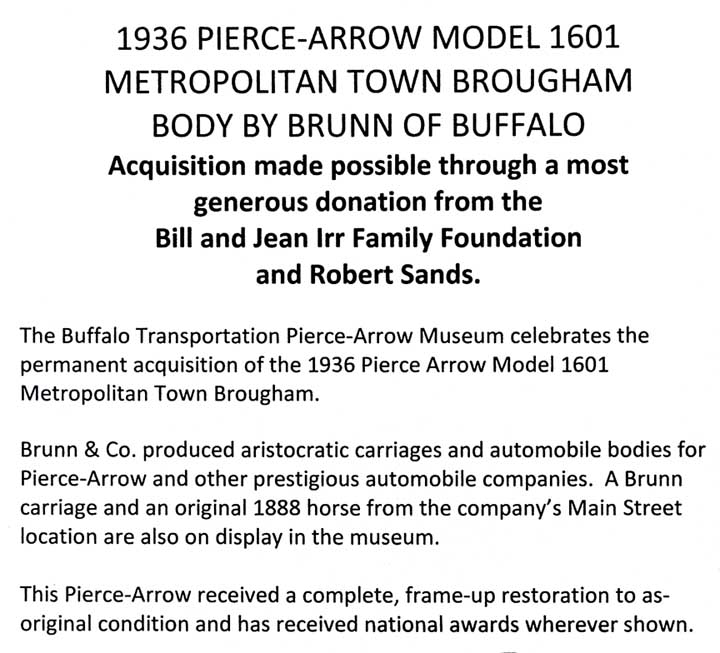 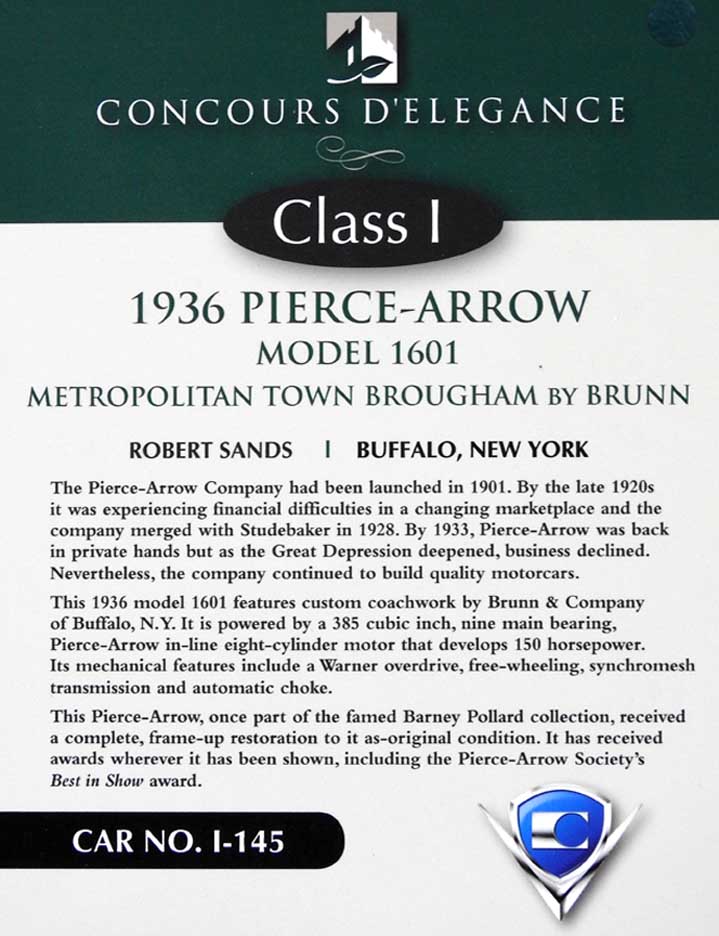 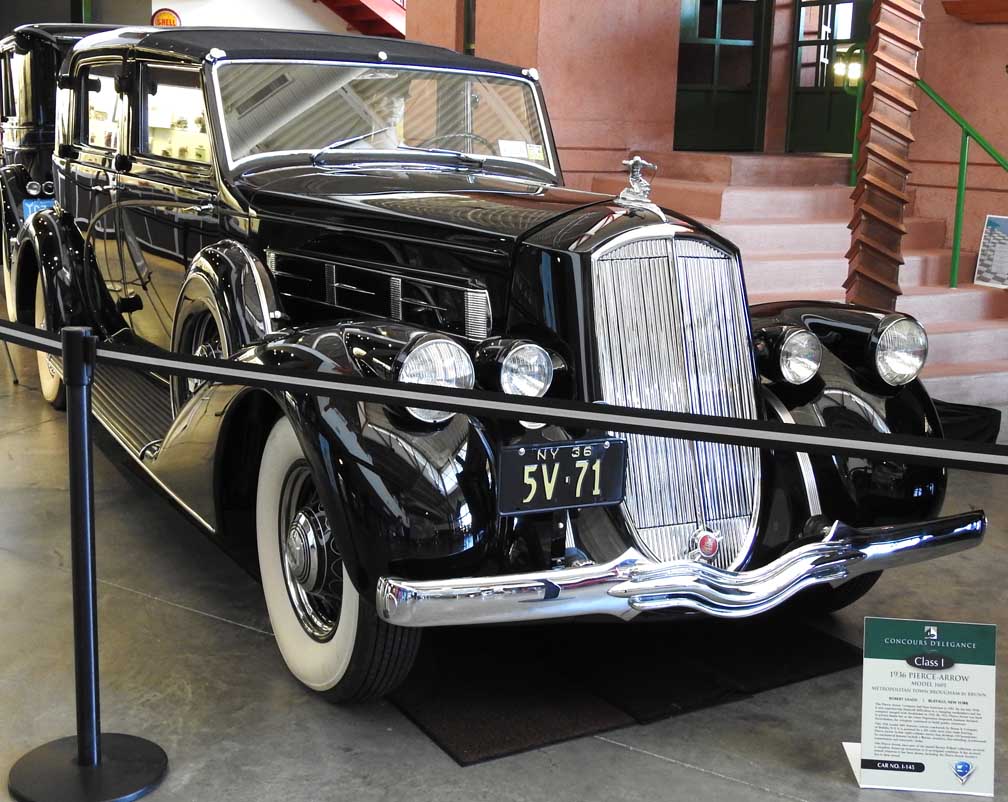 1936 Pierce-Arrow 1601 Metropolitan Town Car  1936 Pierce-Arrow 1601 Metropolitan Town Car  1936 Pierce-Arrow 1601 Metropolitan Town Car |
|
Hood Ornaments      |

web site consulting by ingenious, inc.